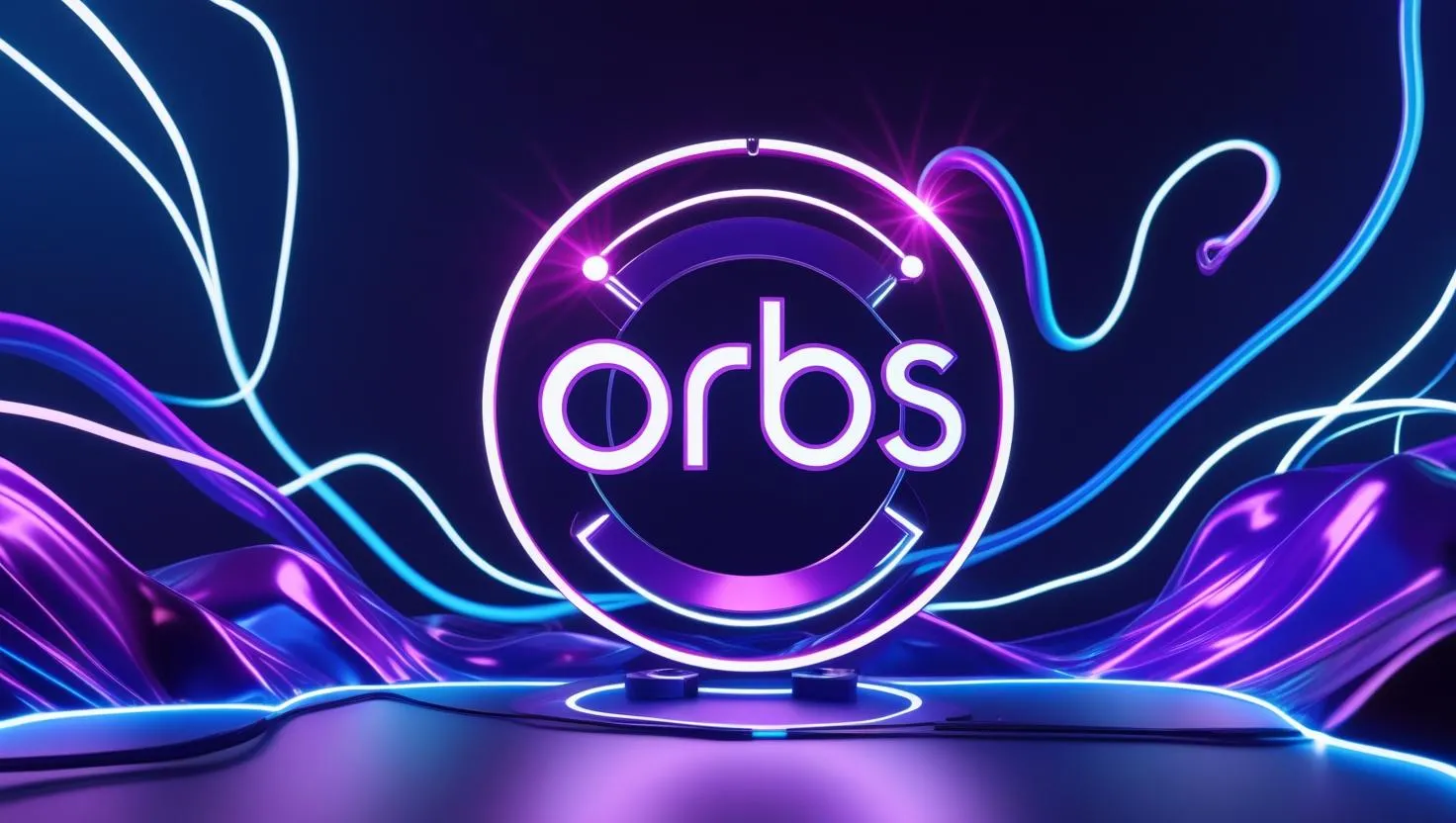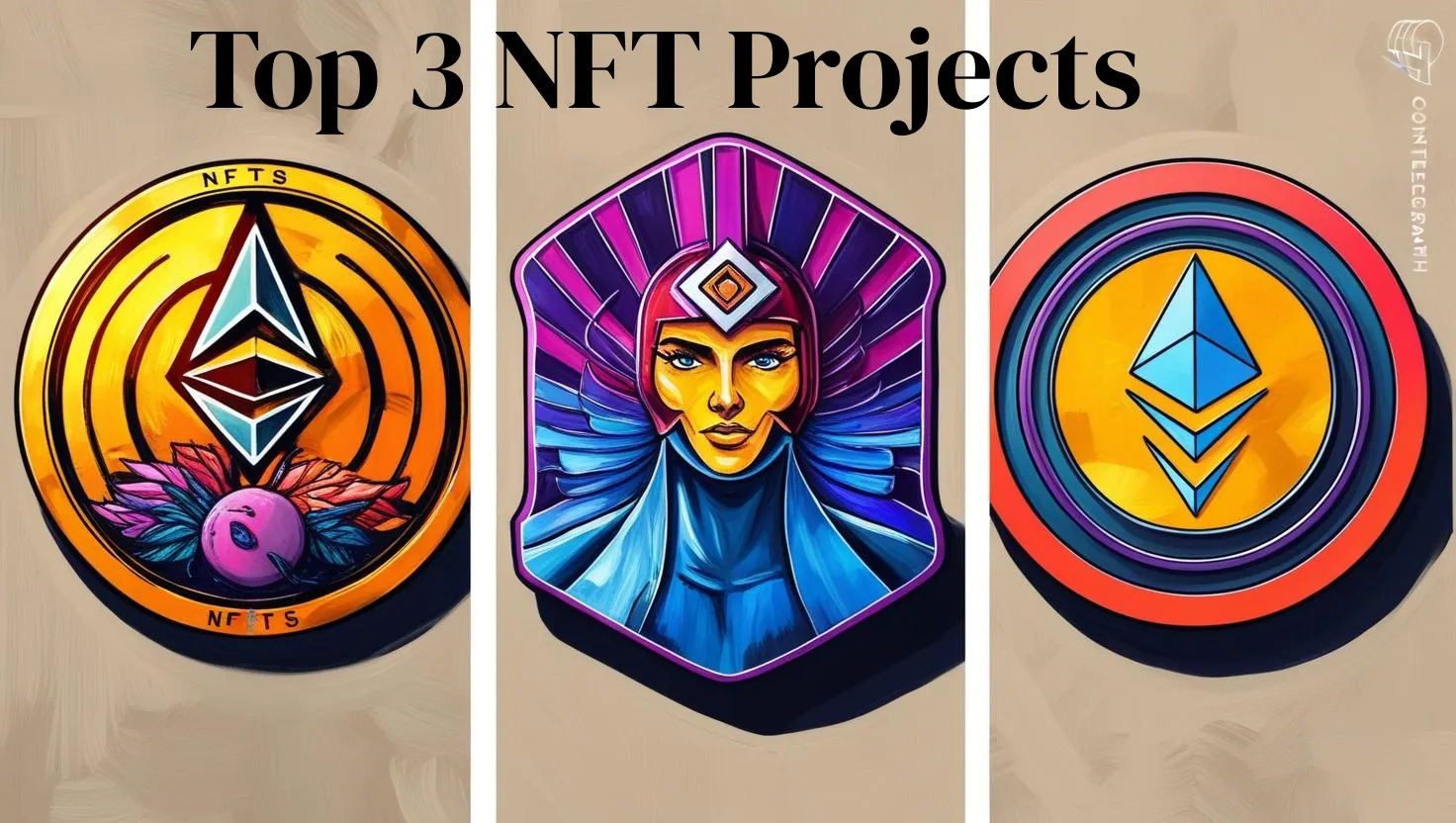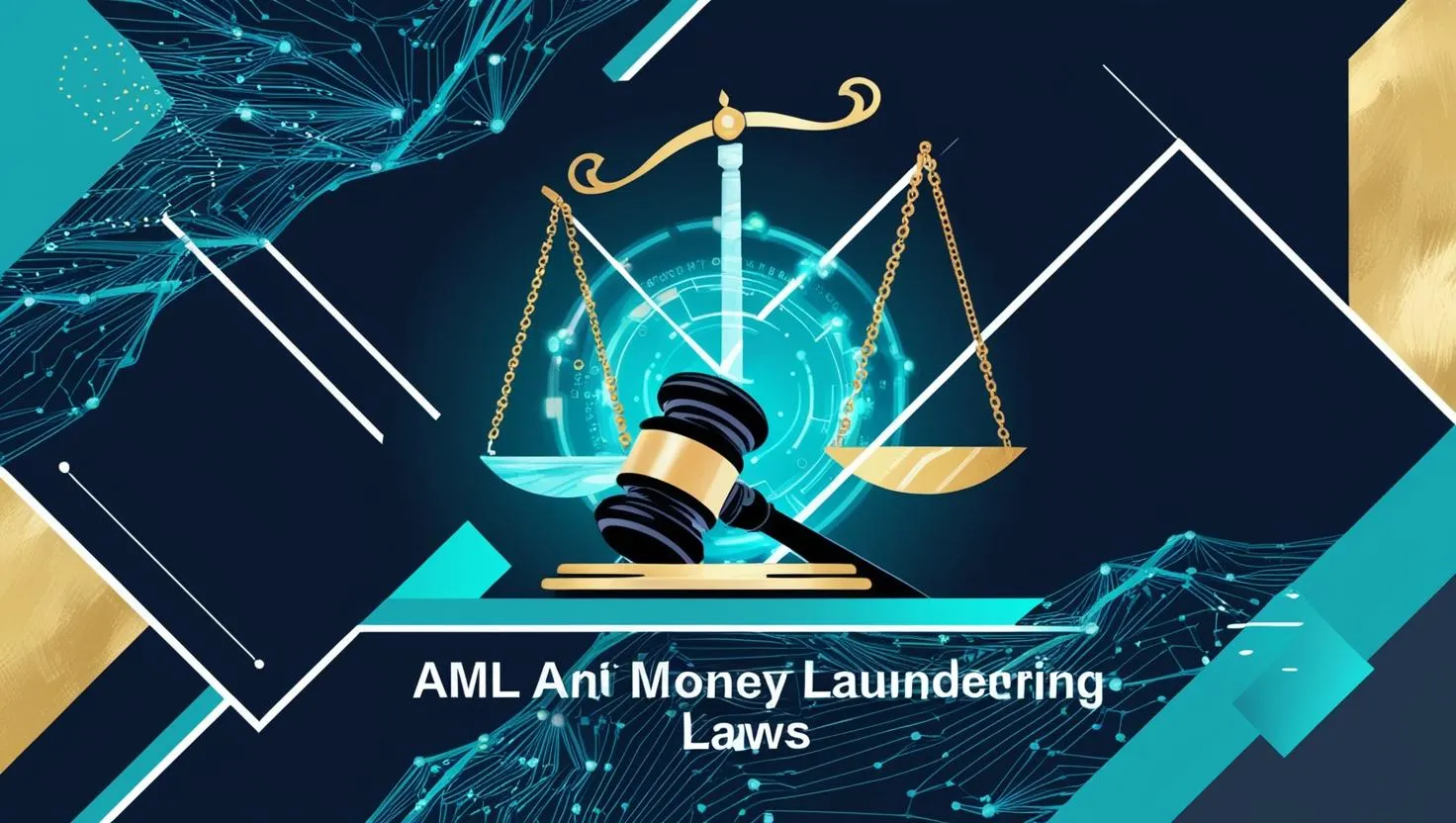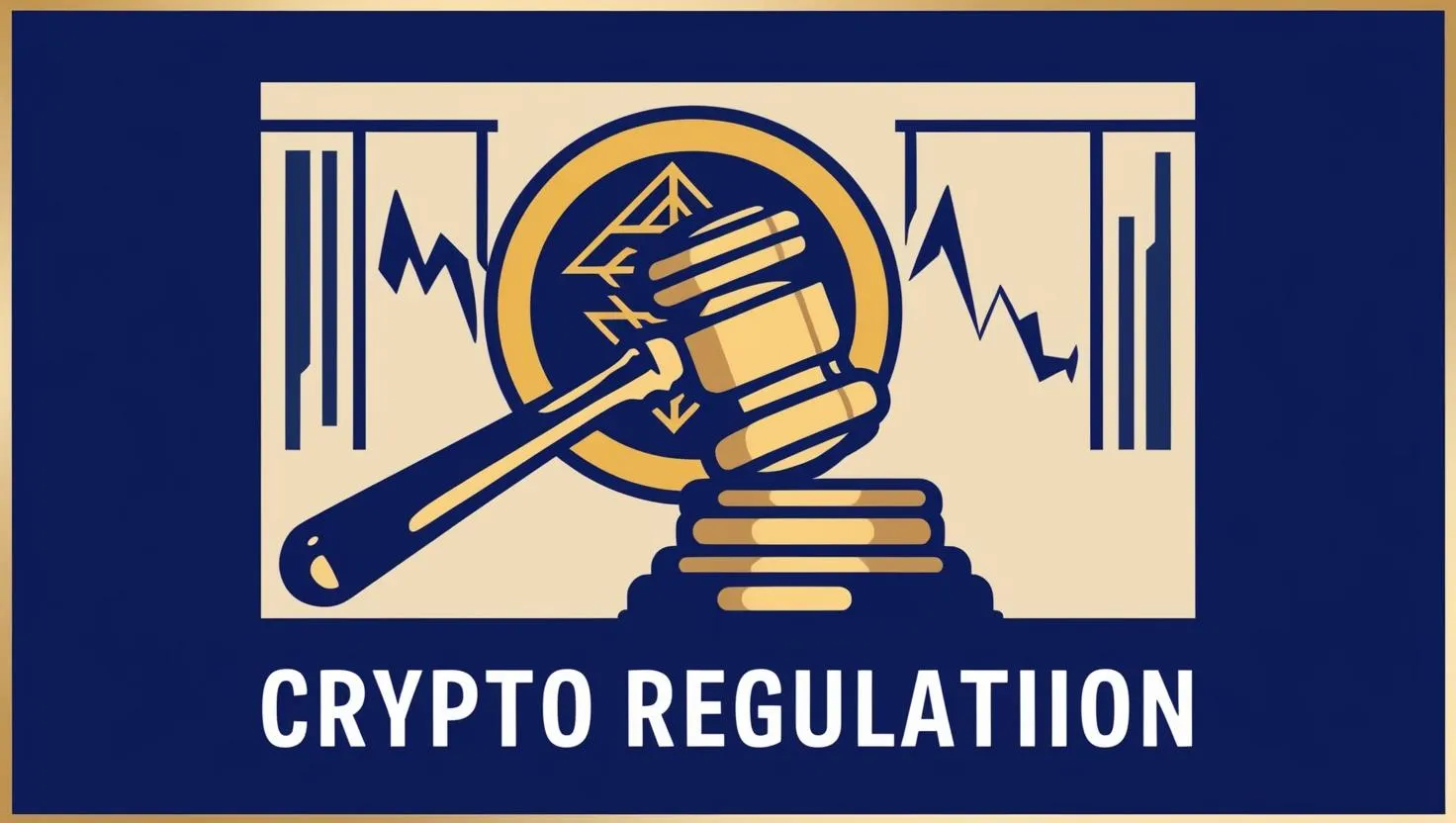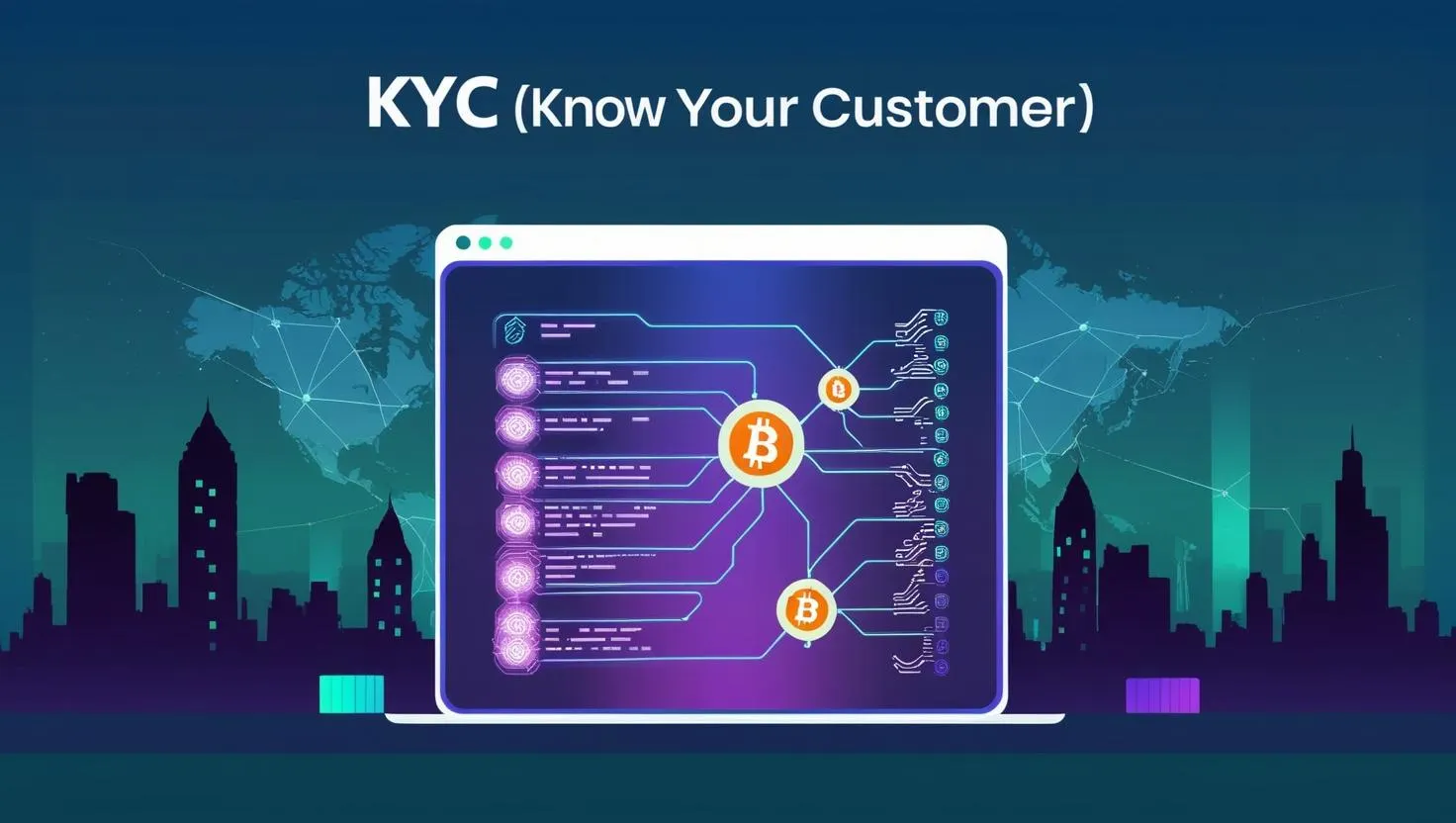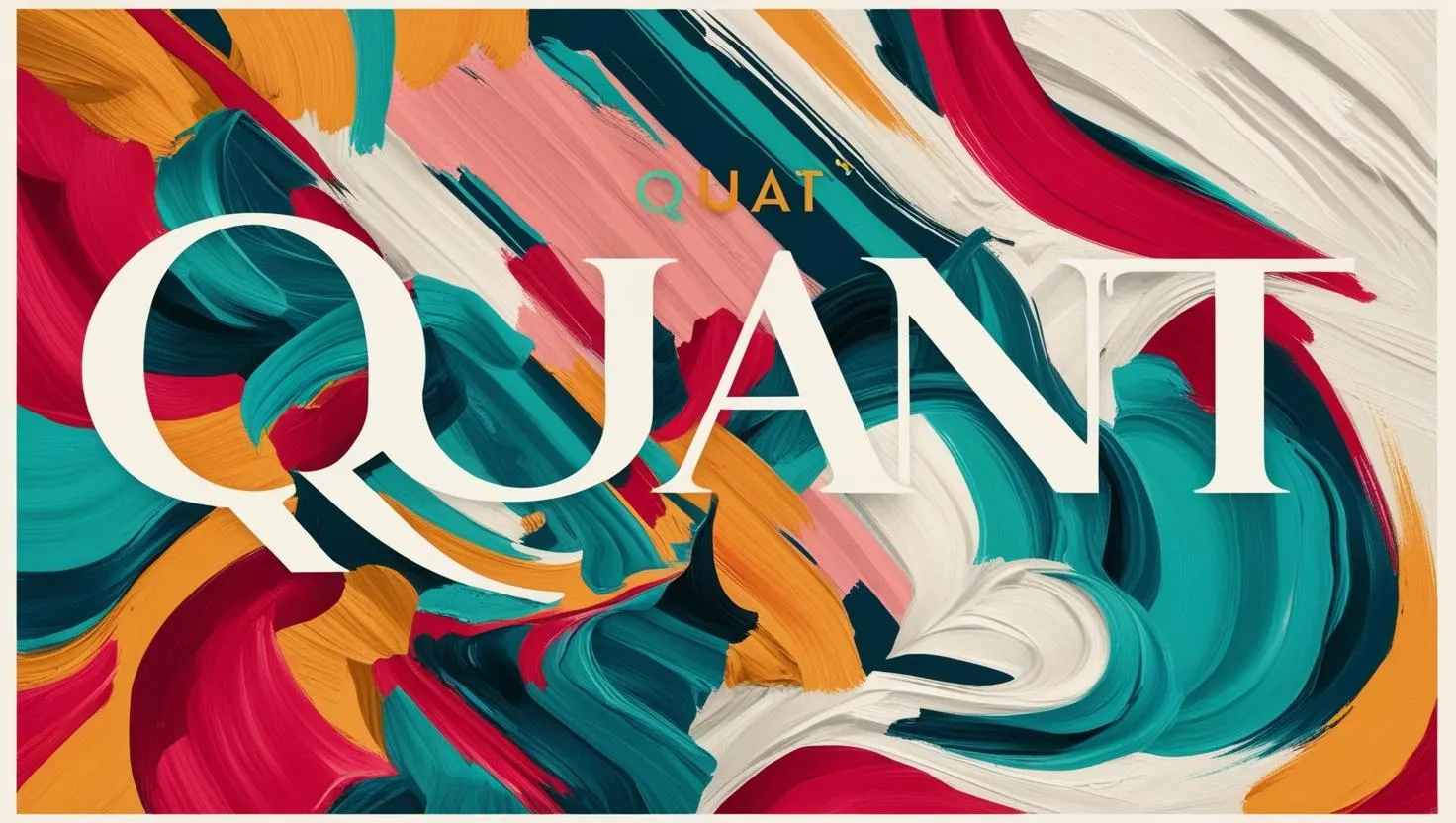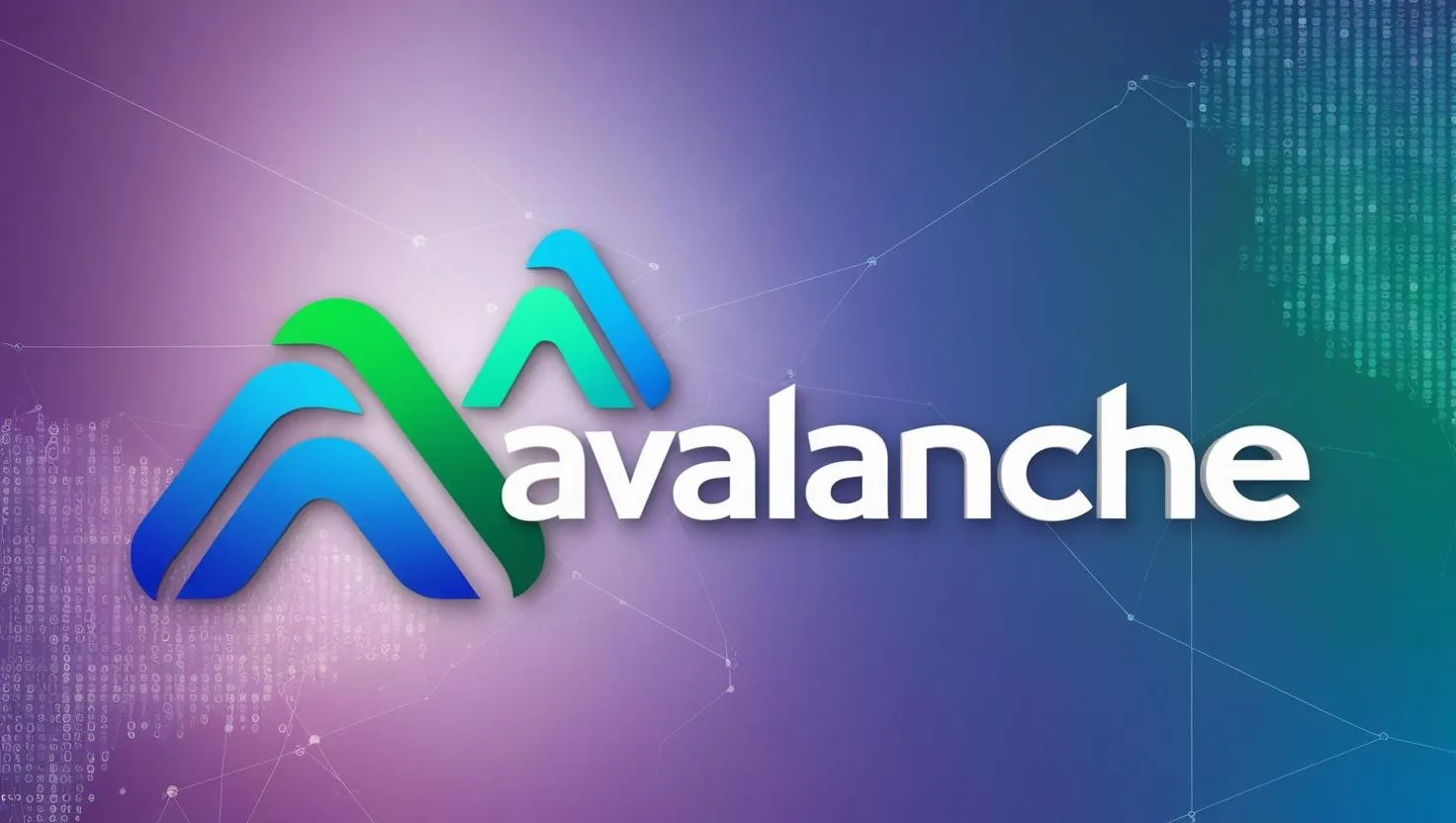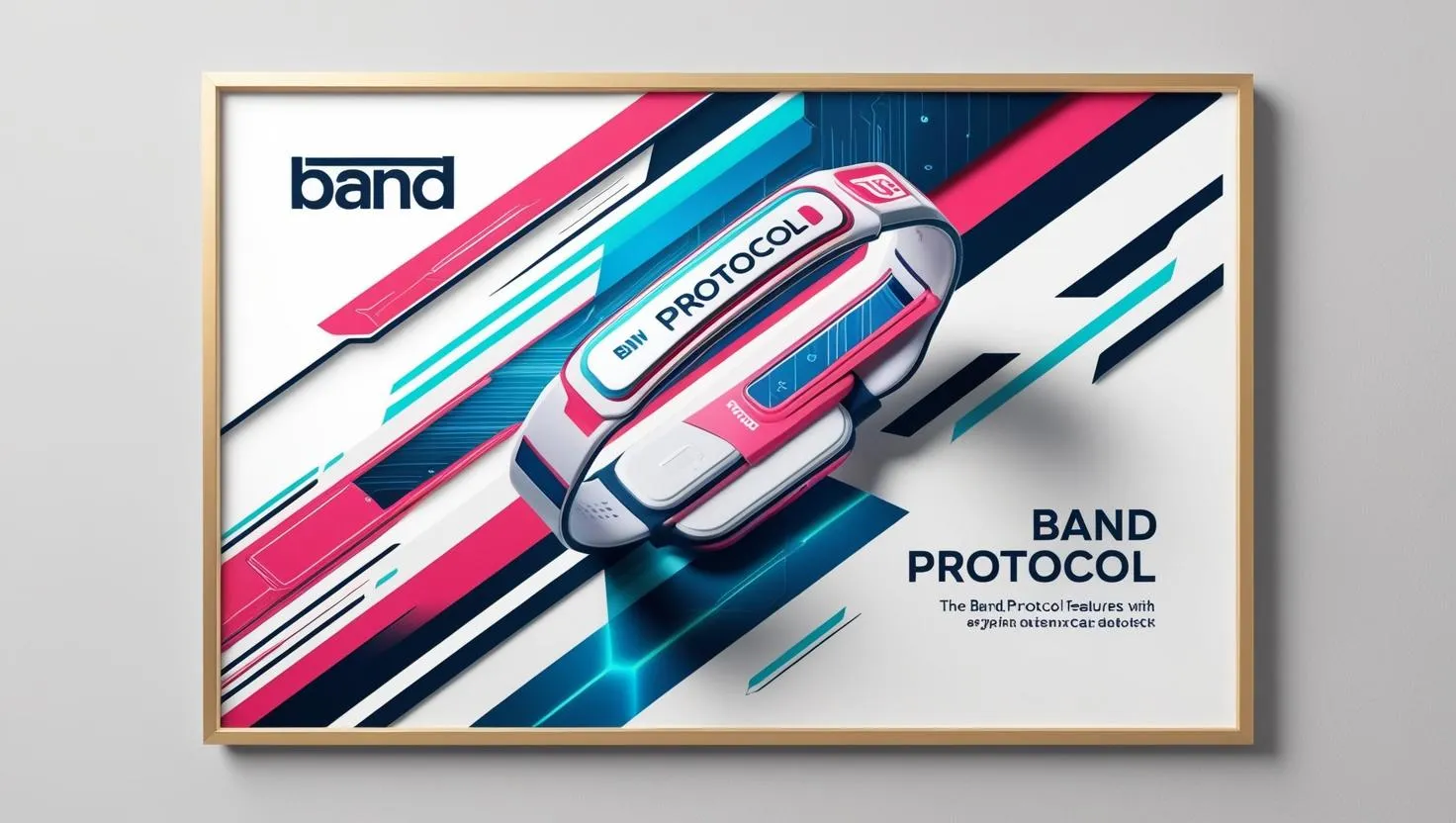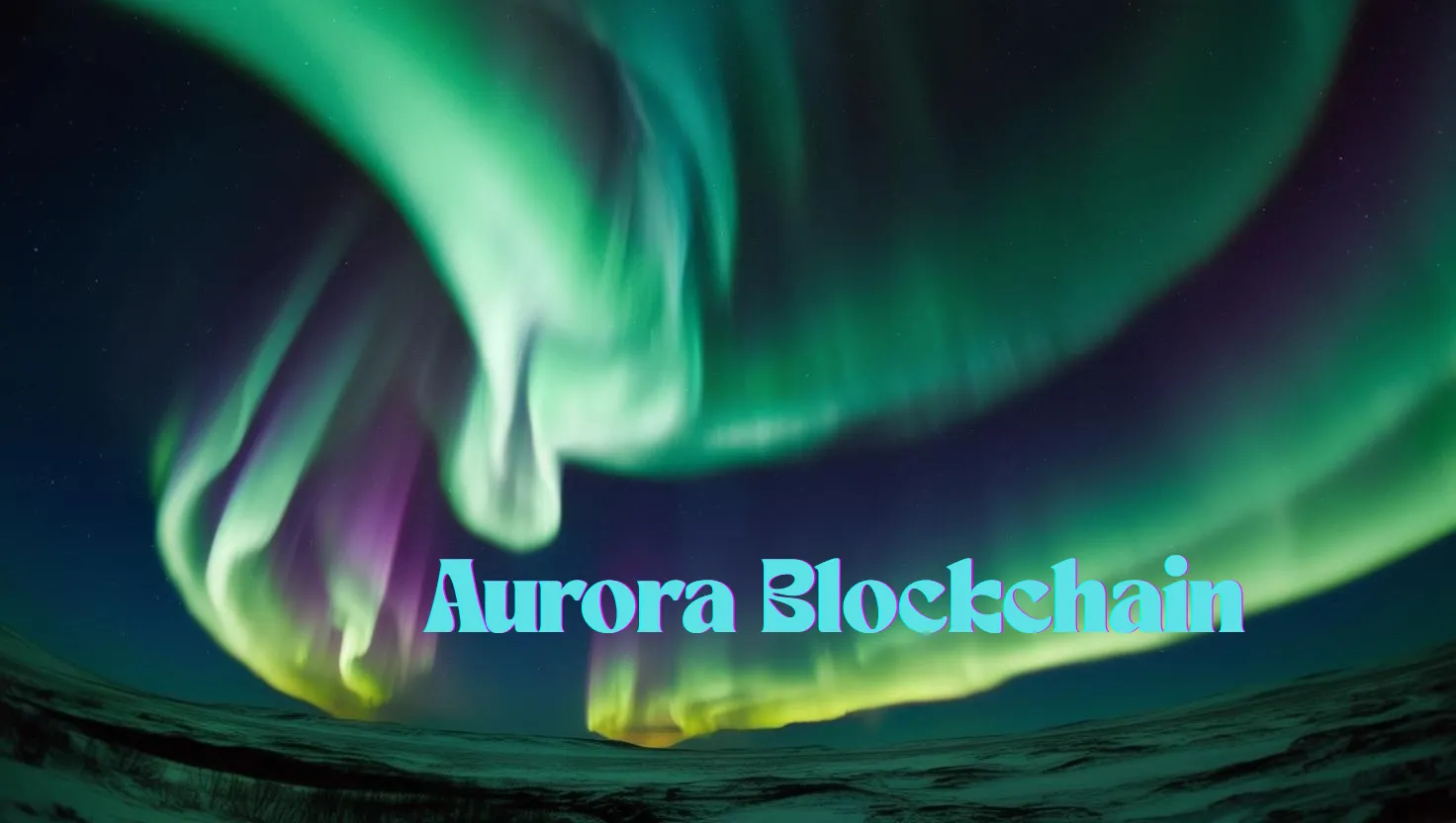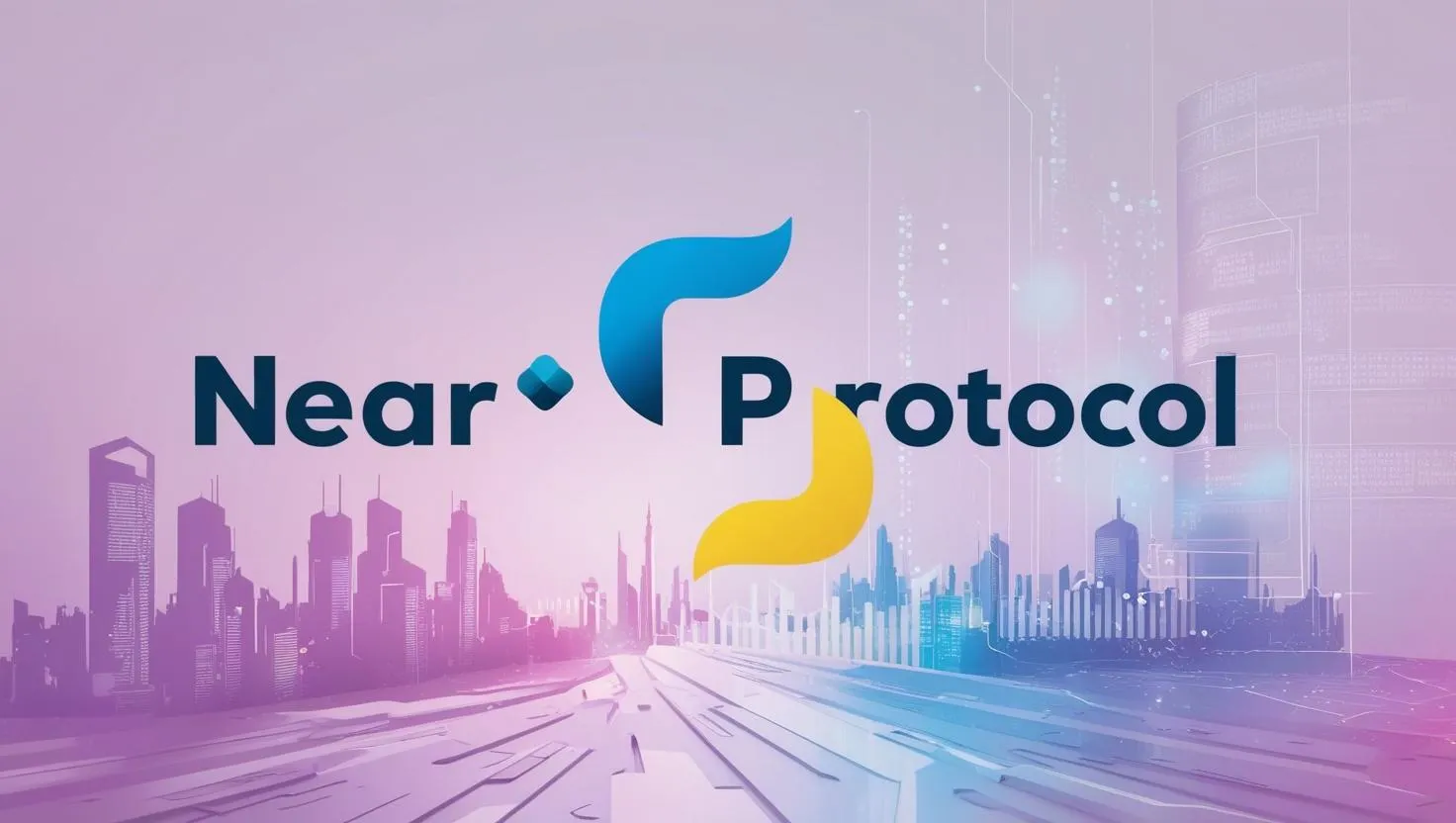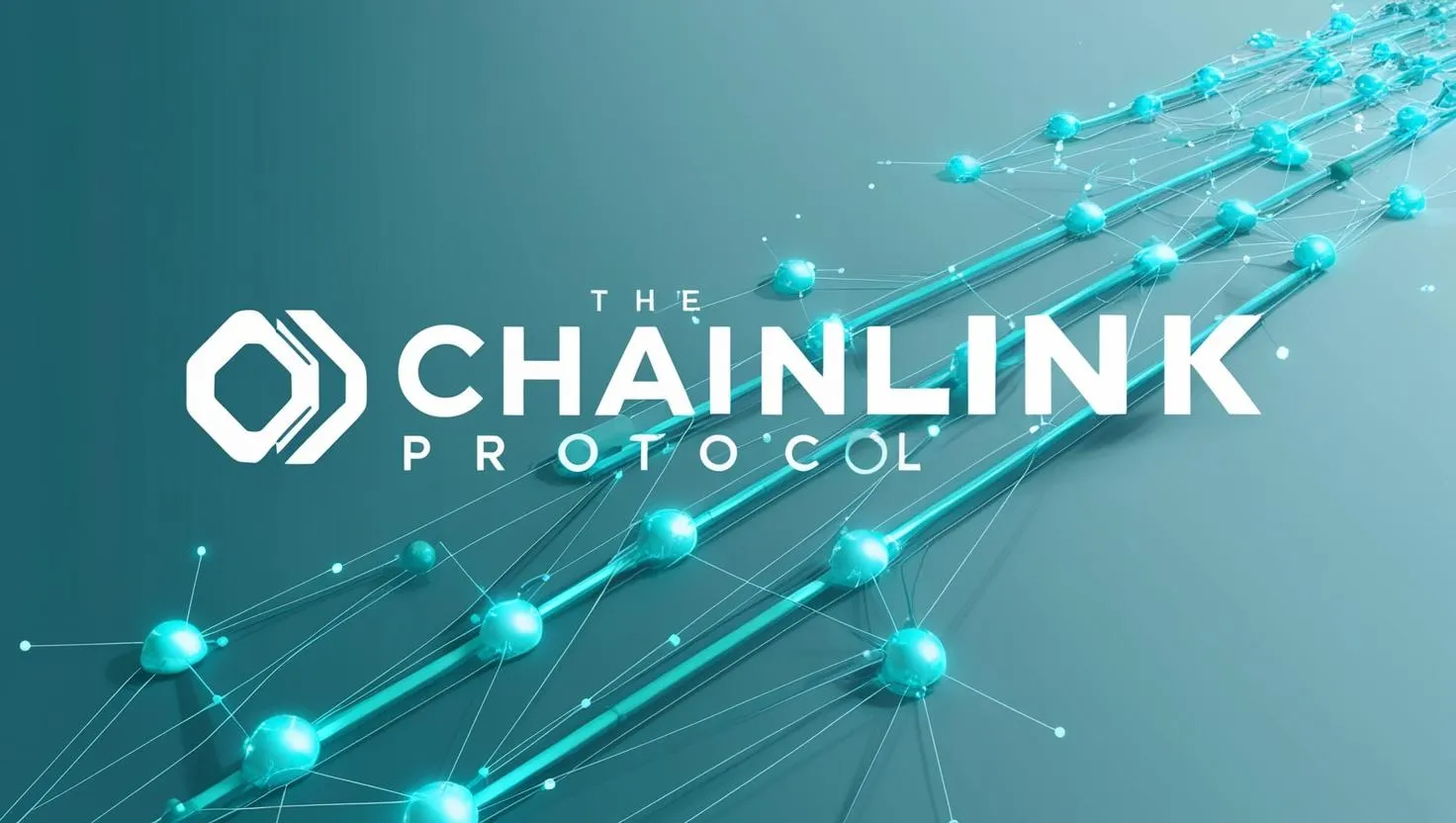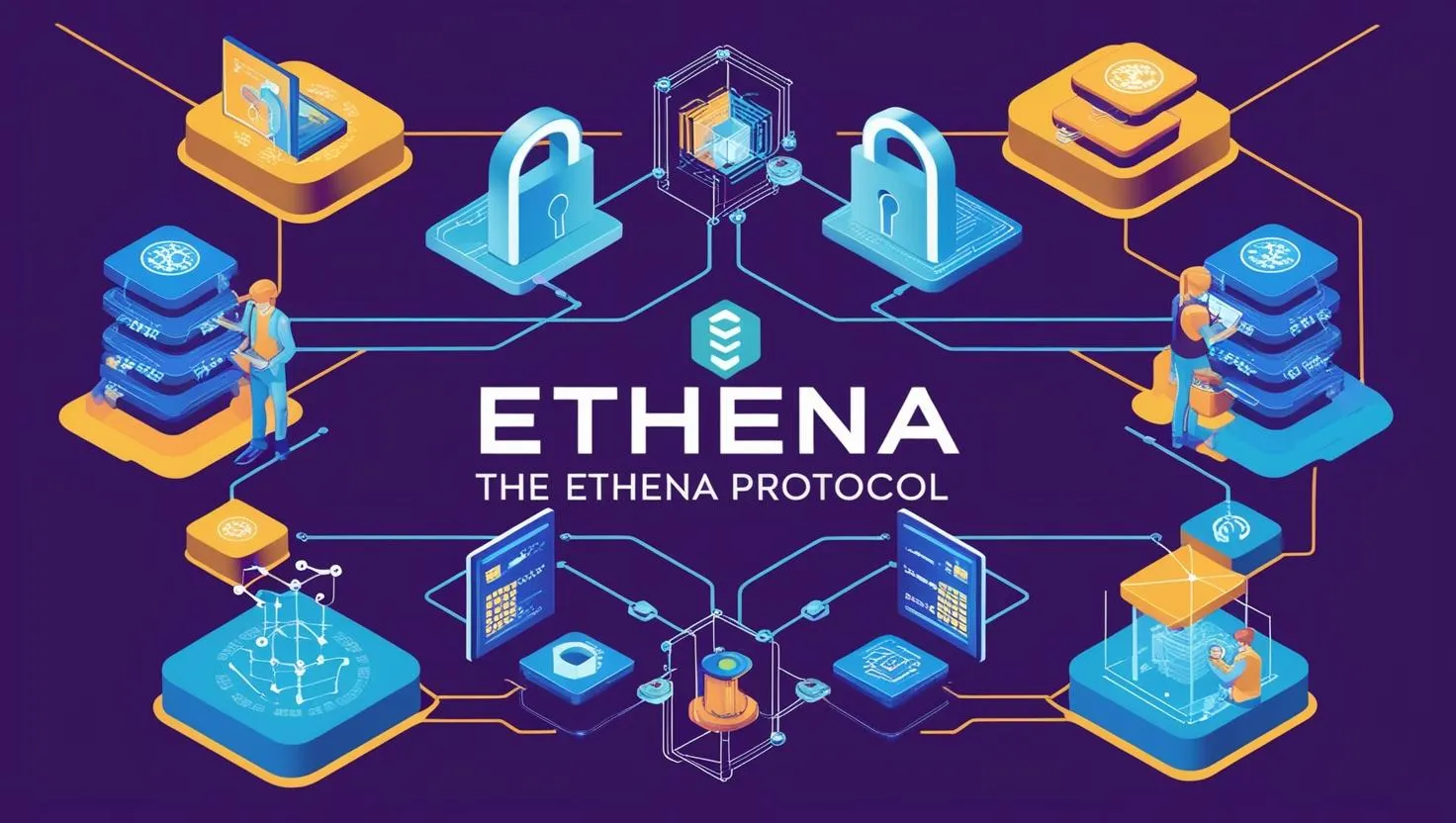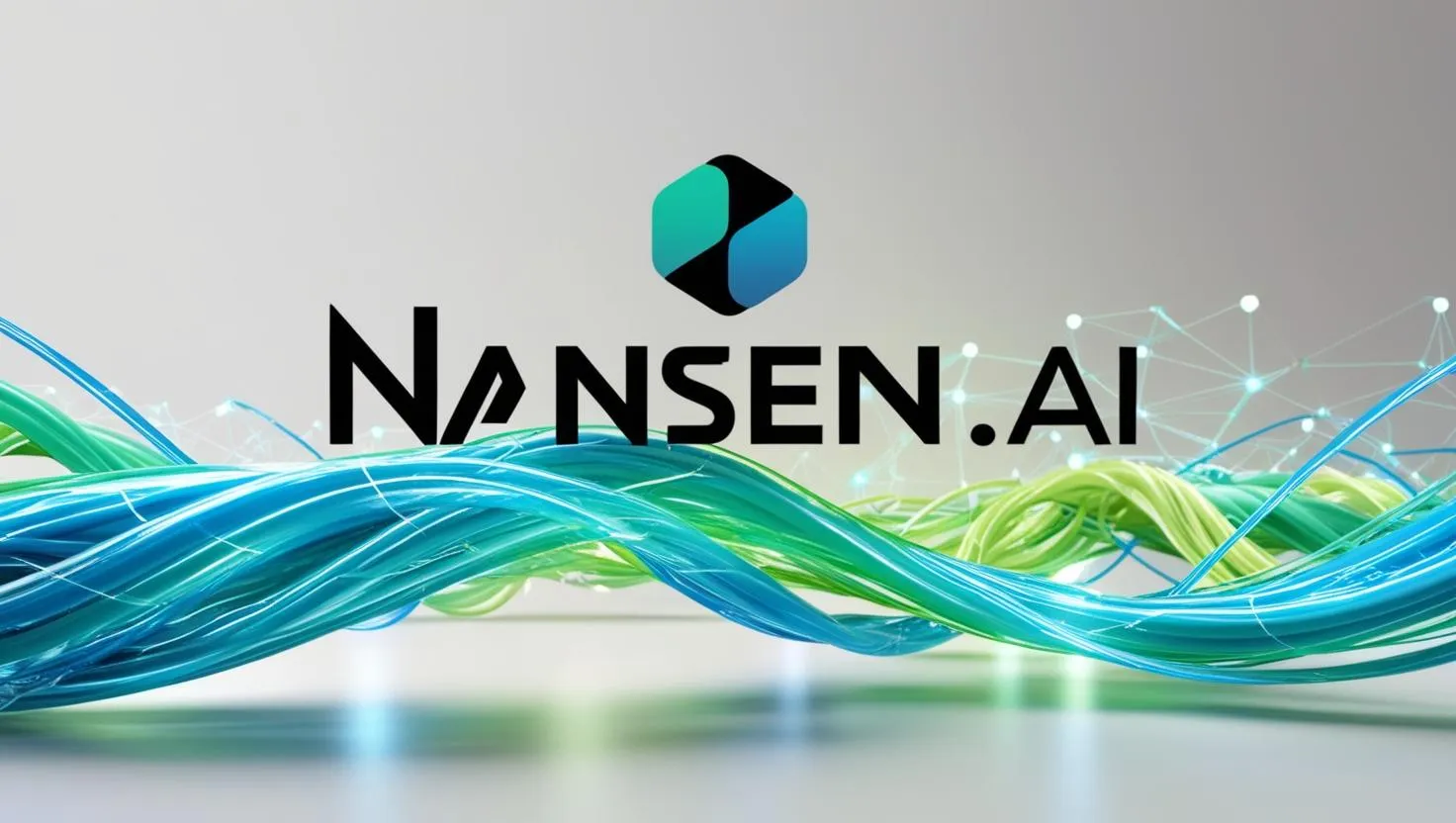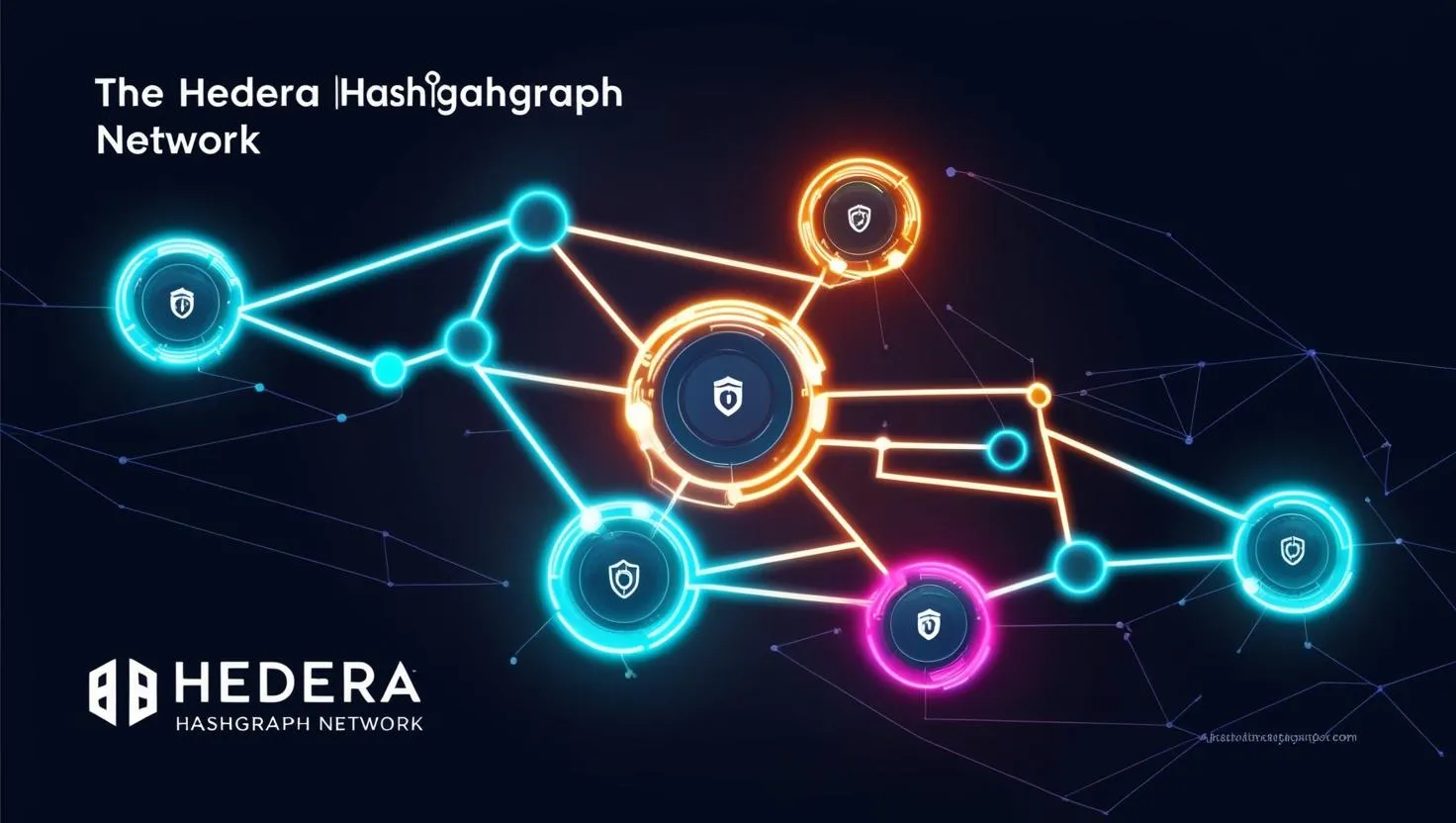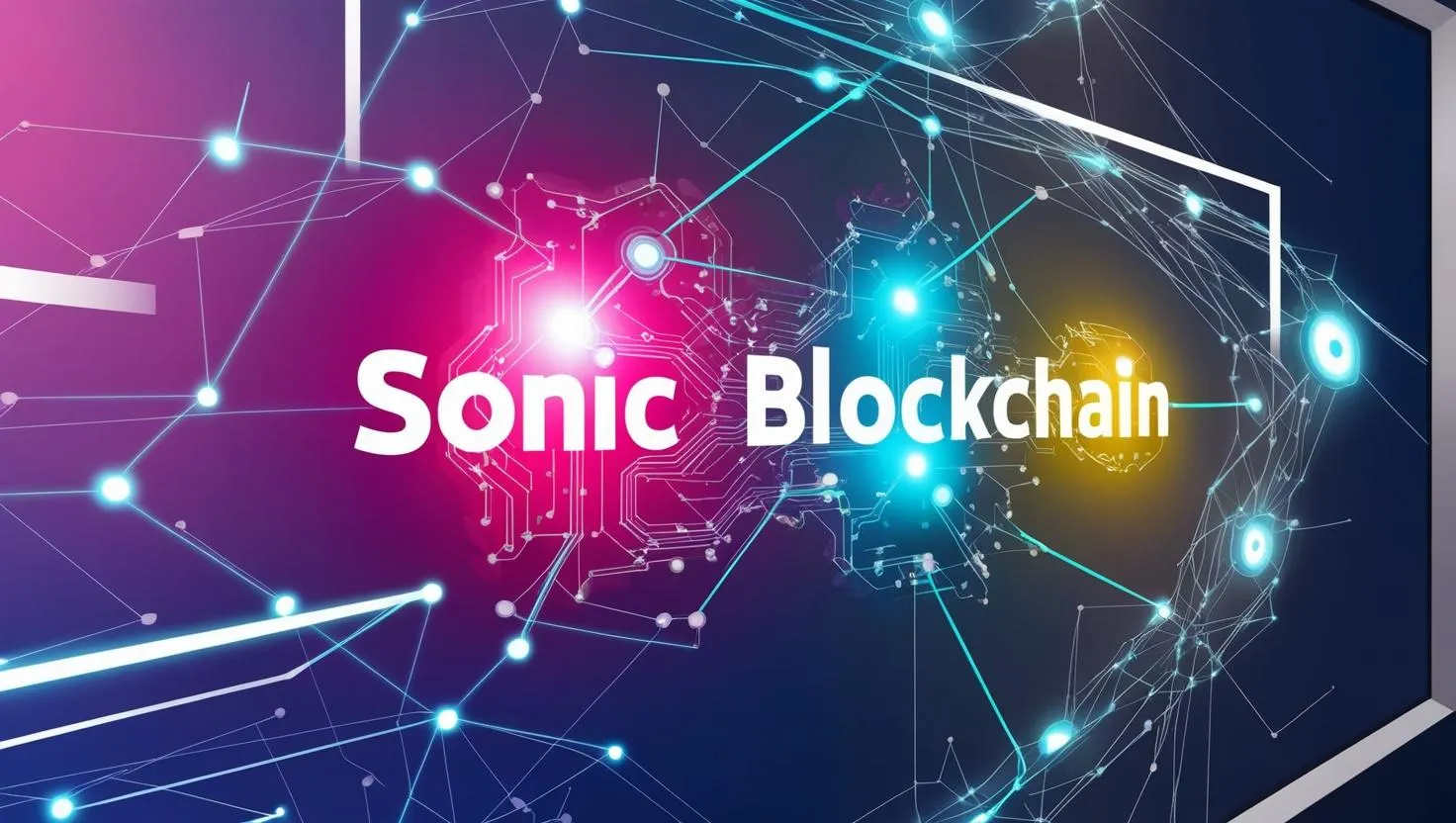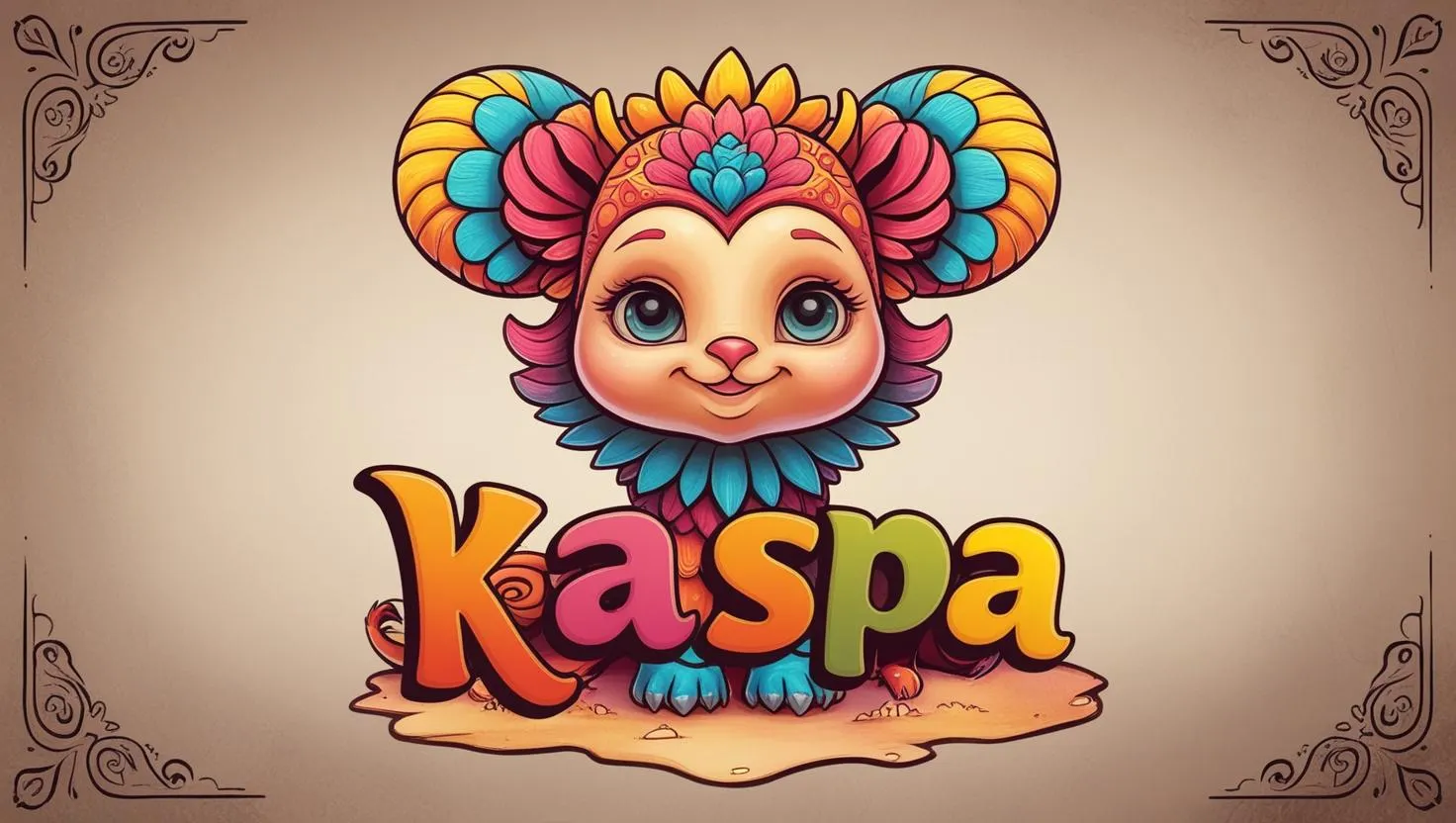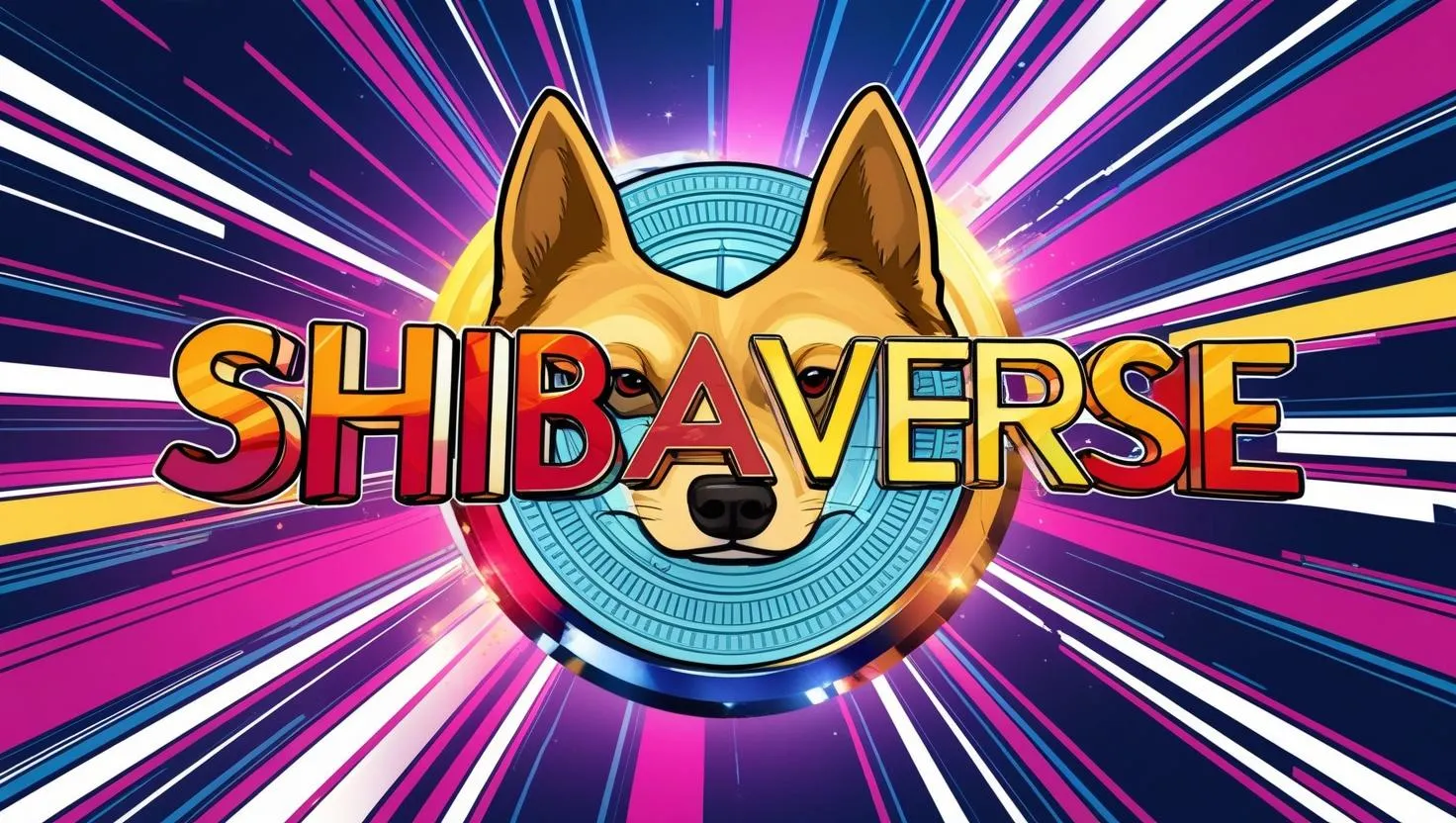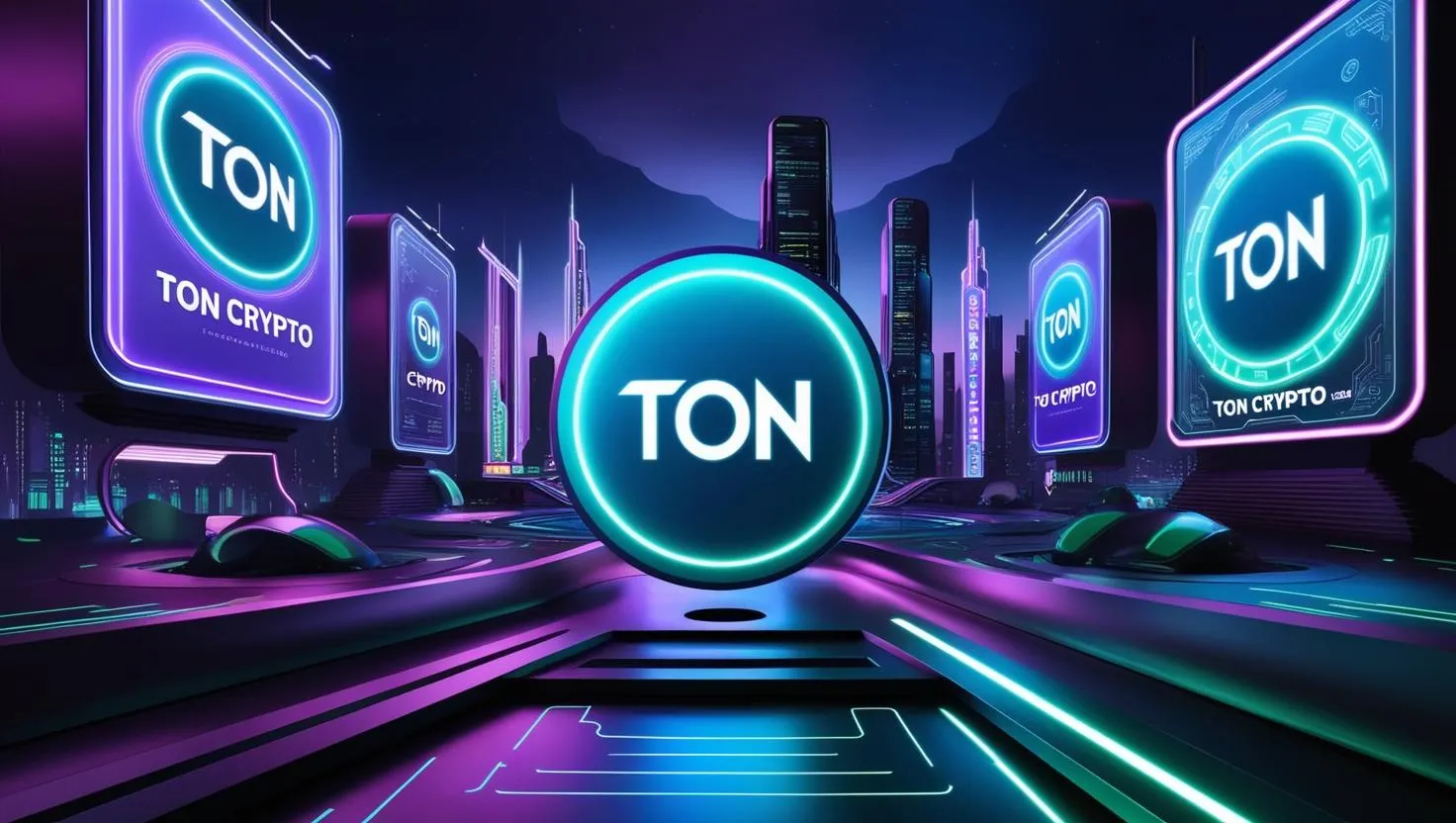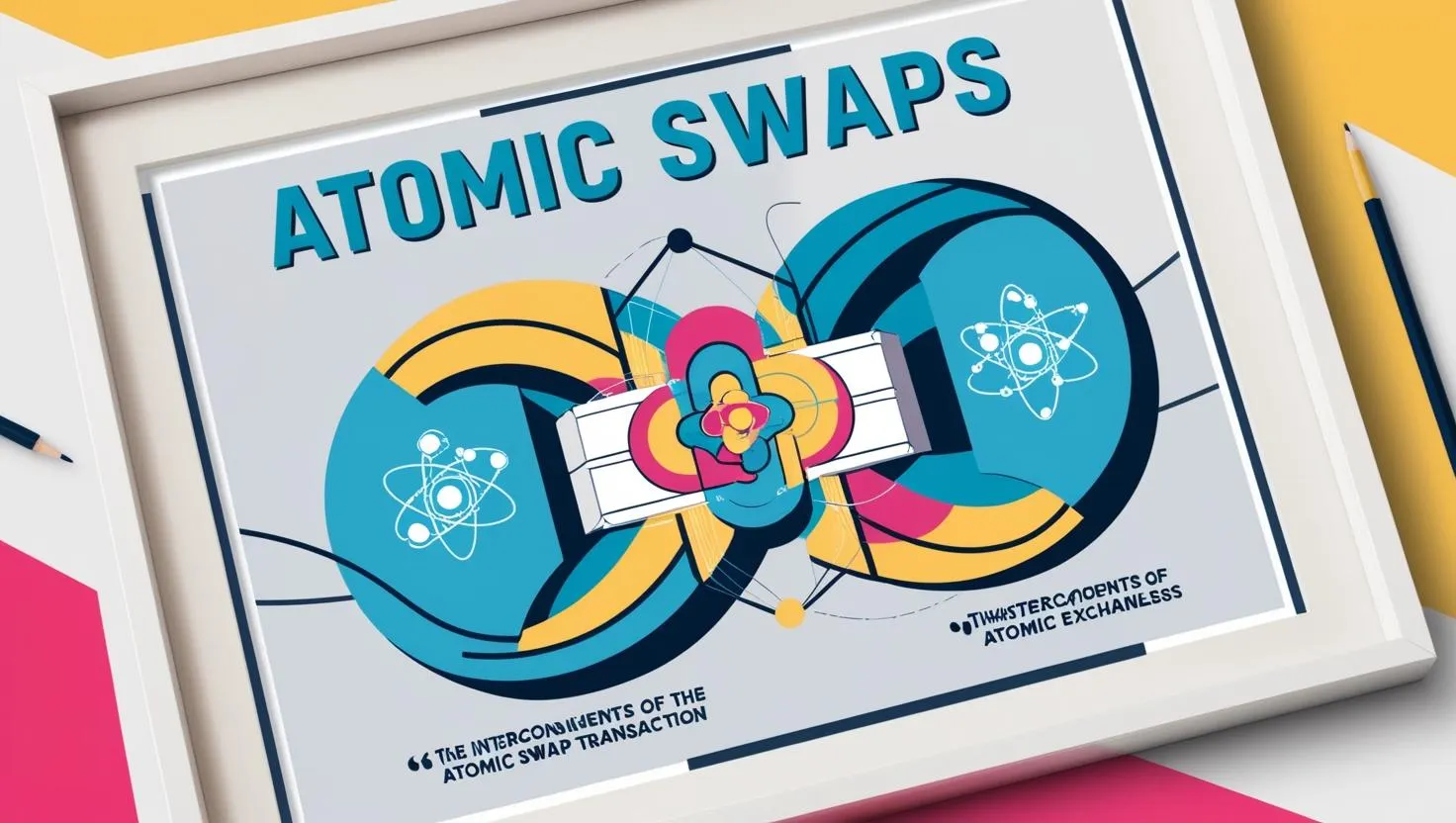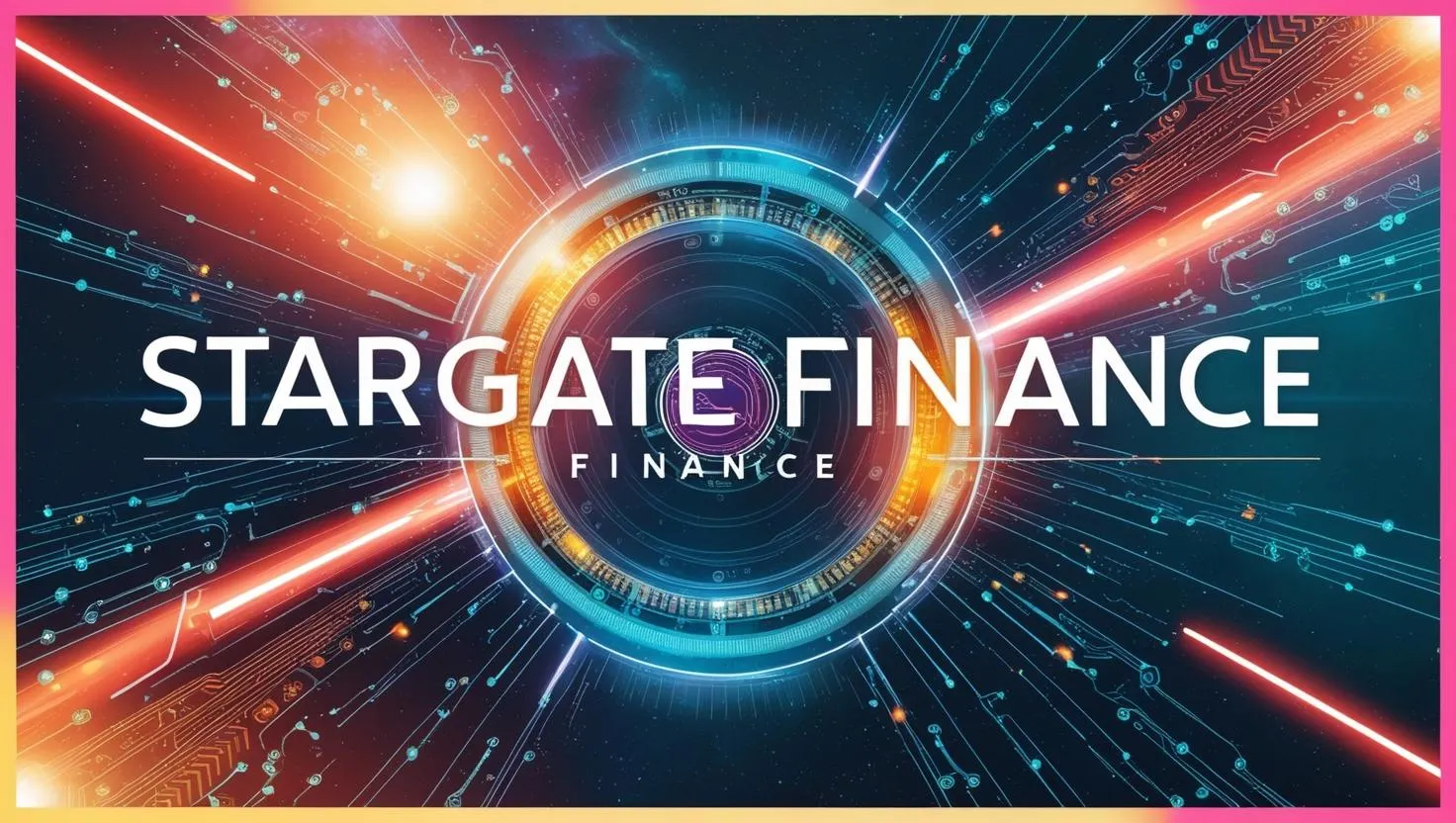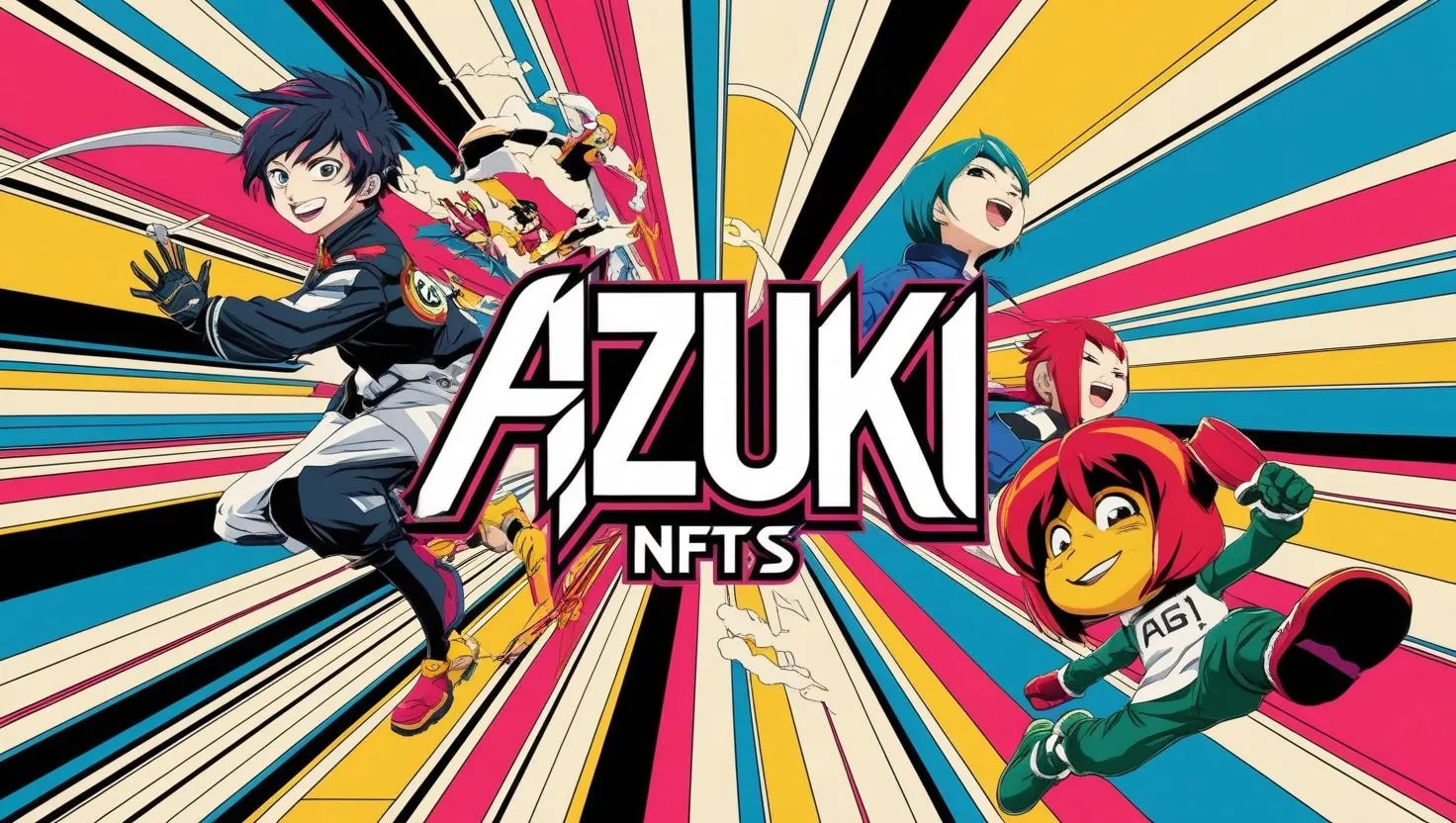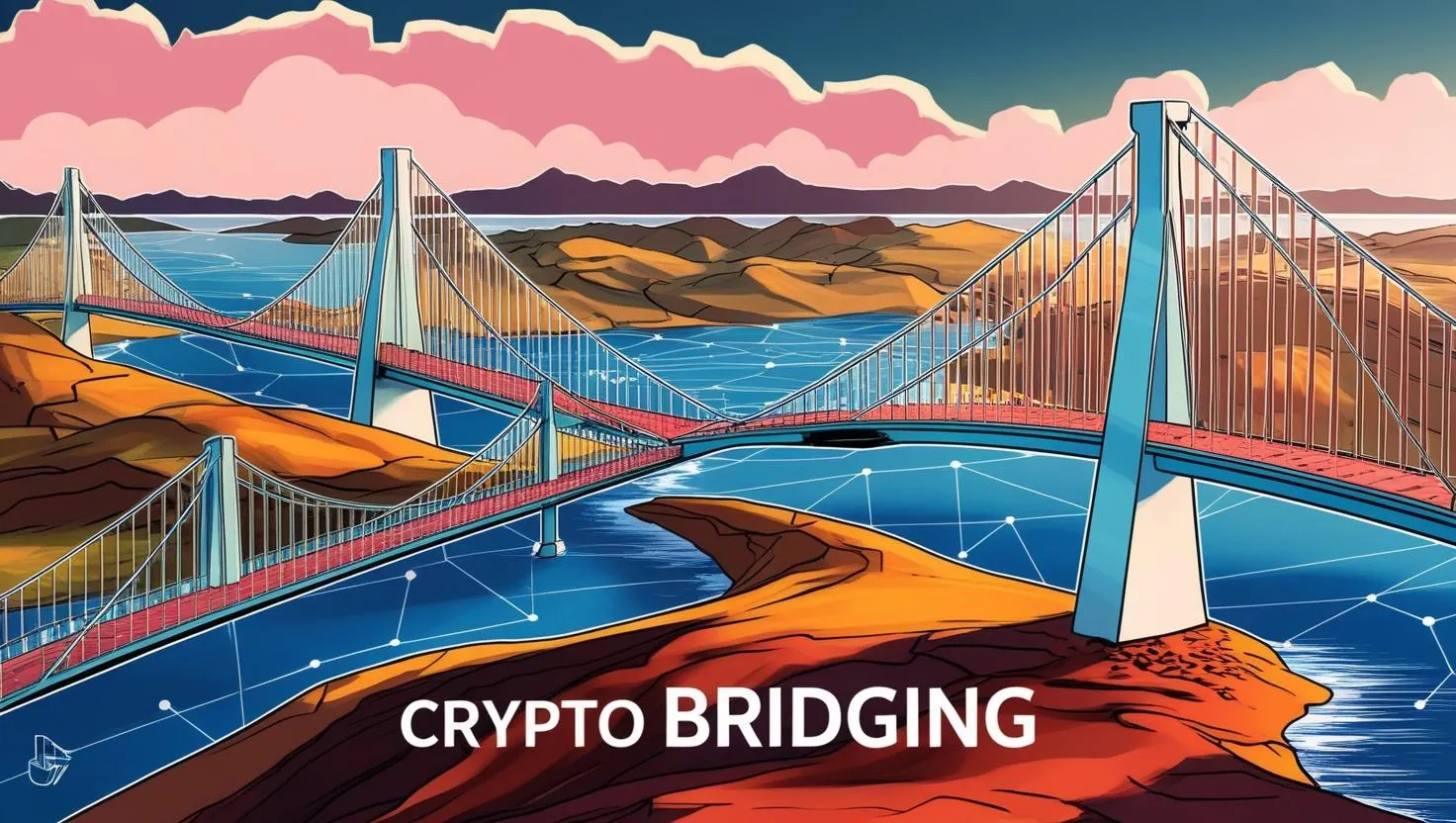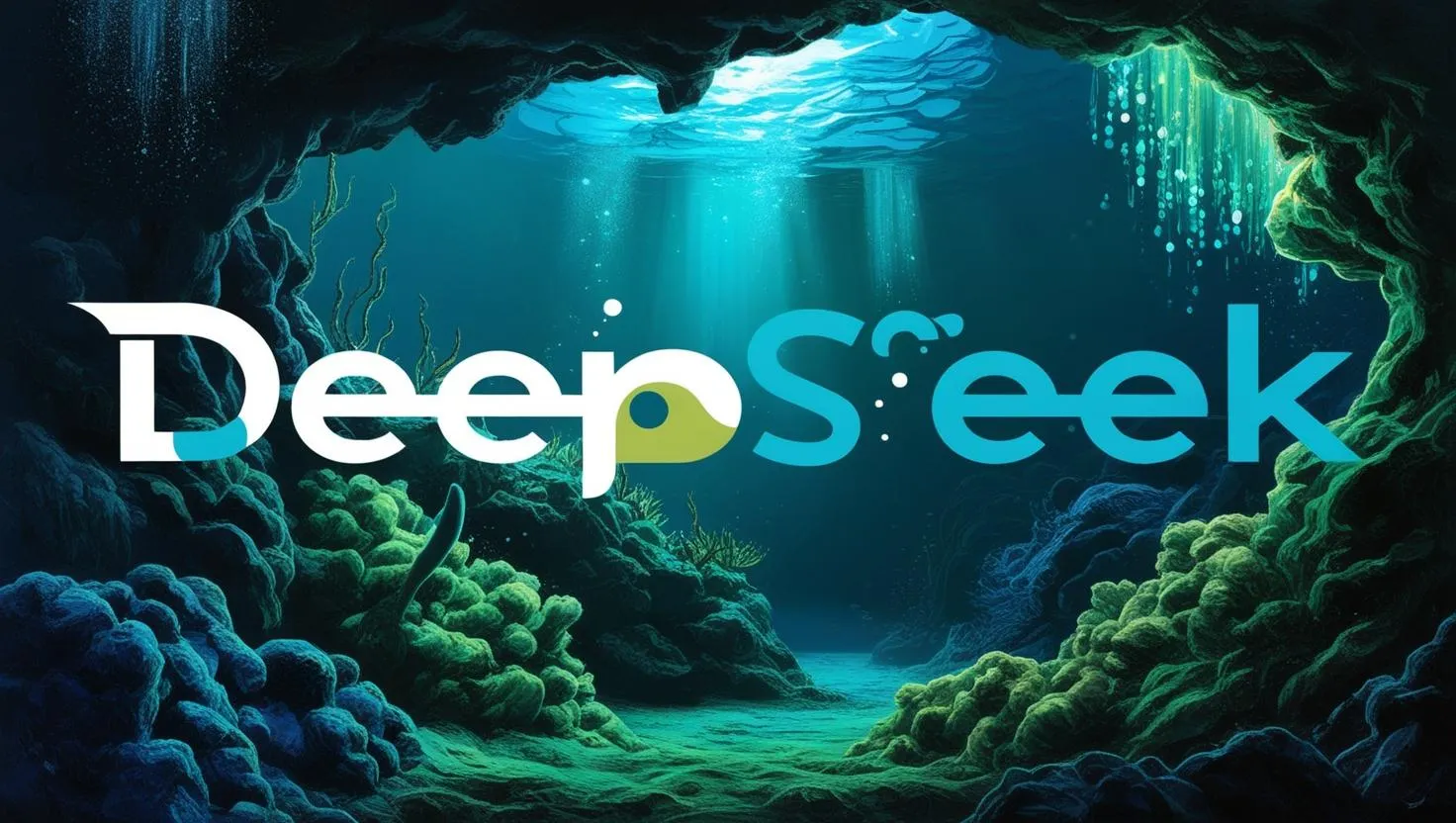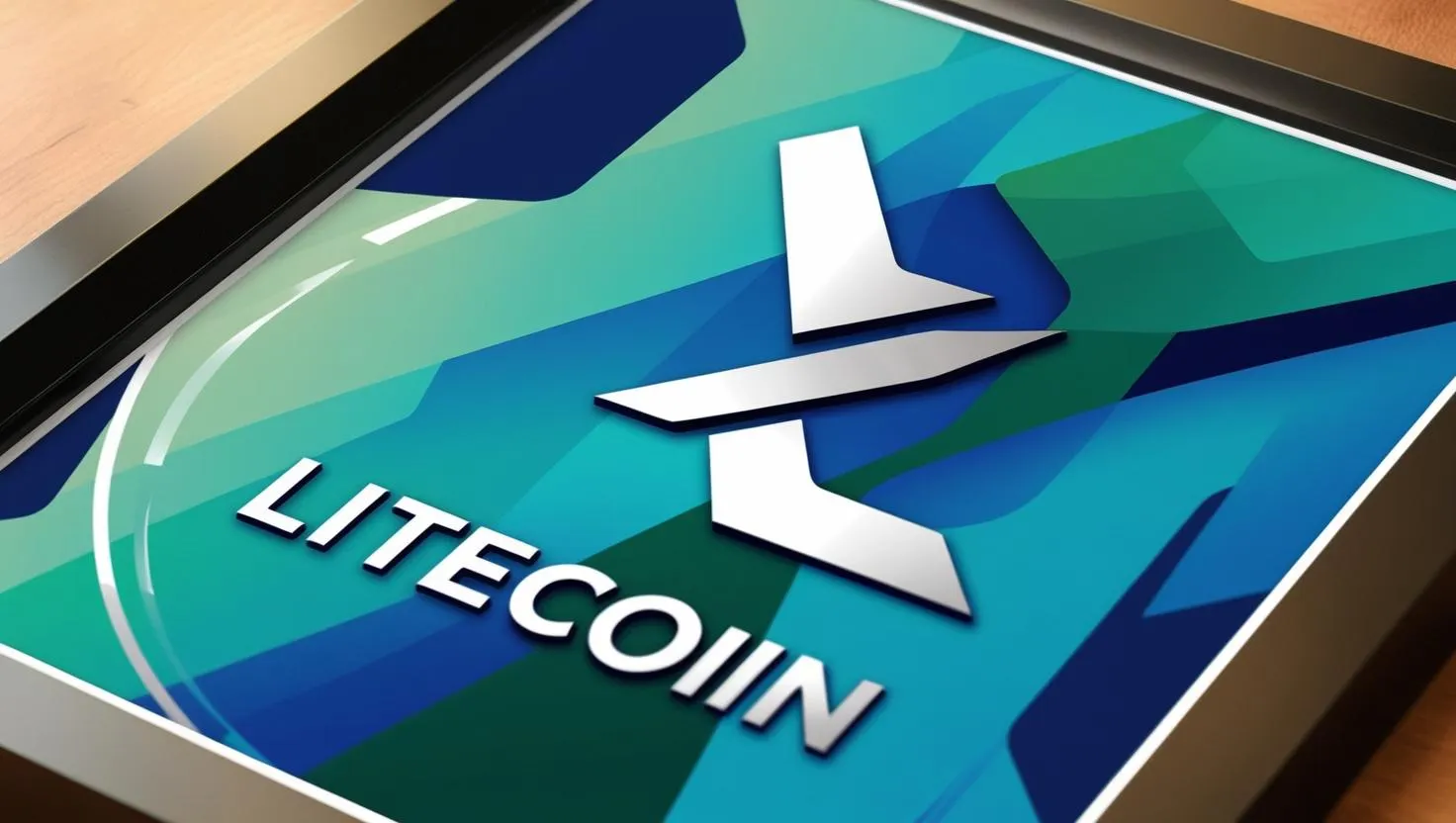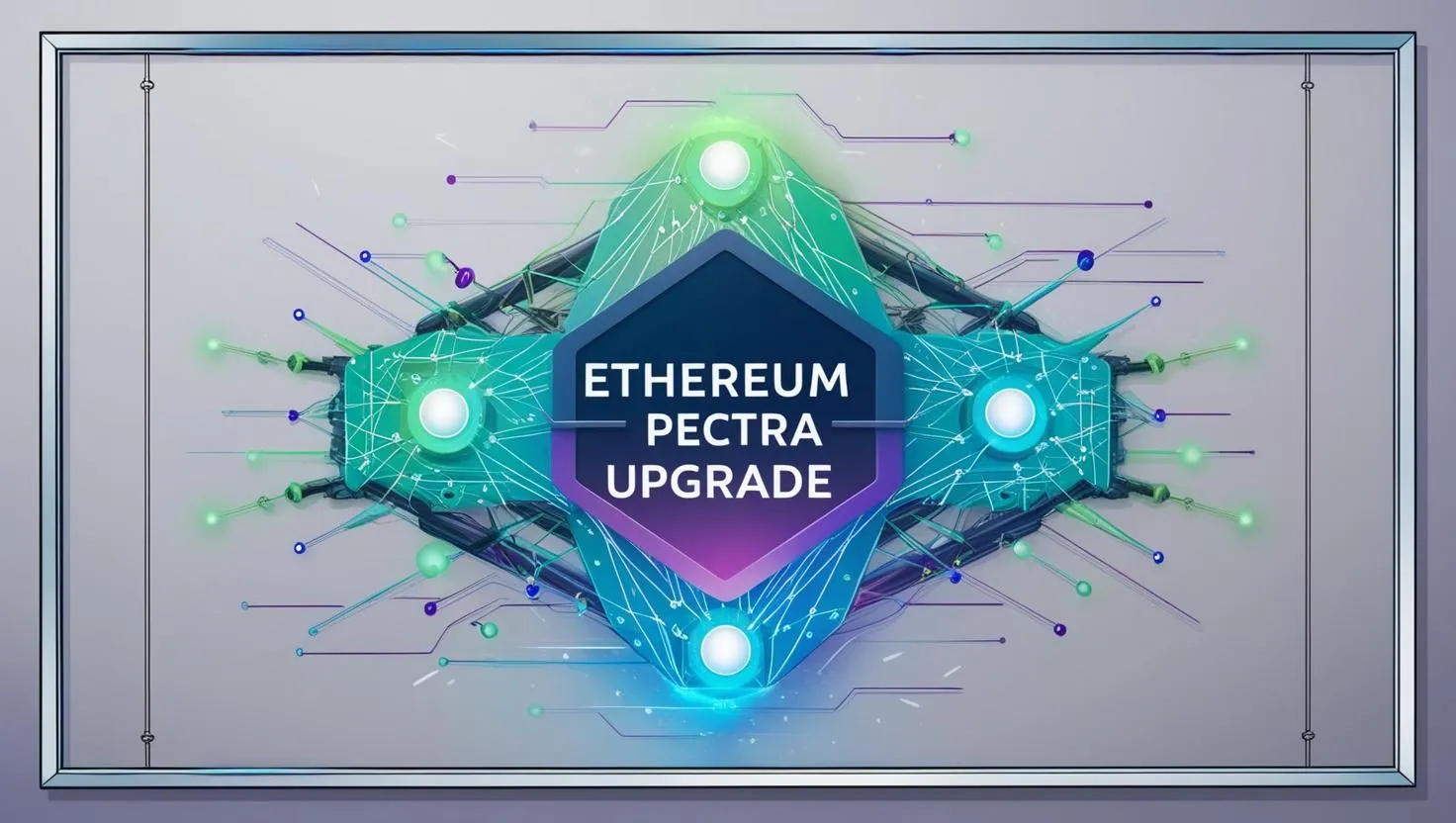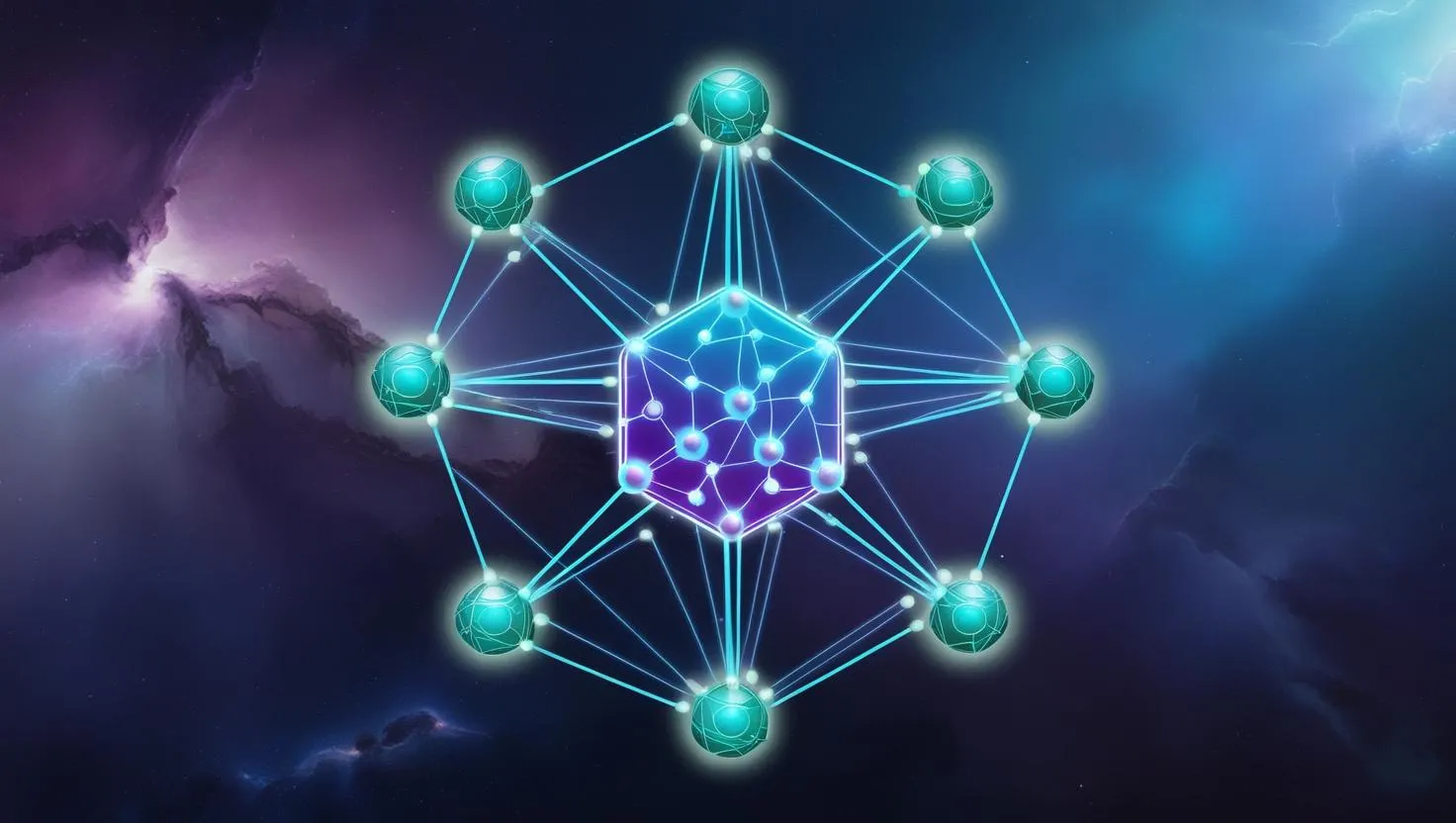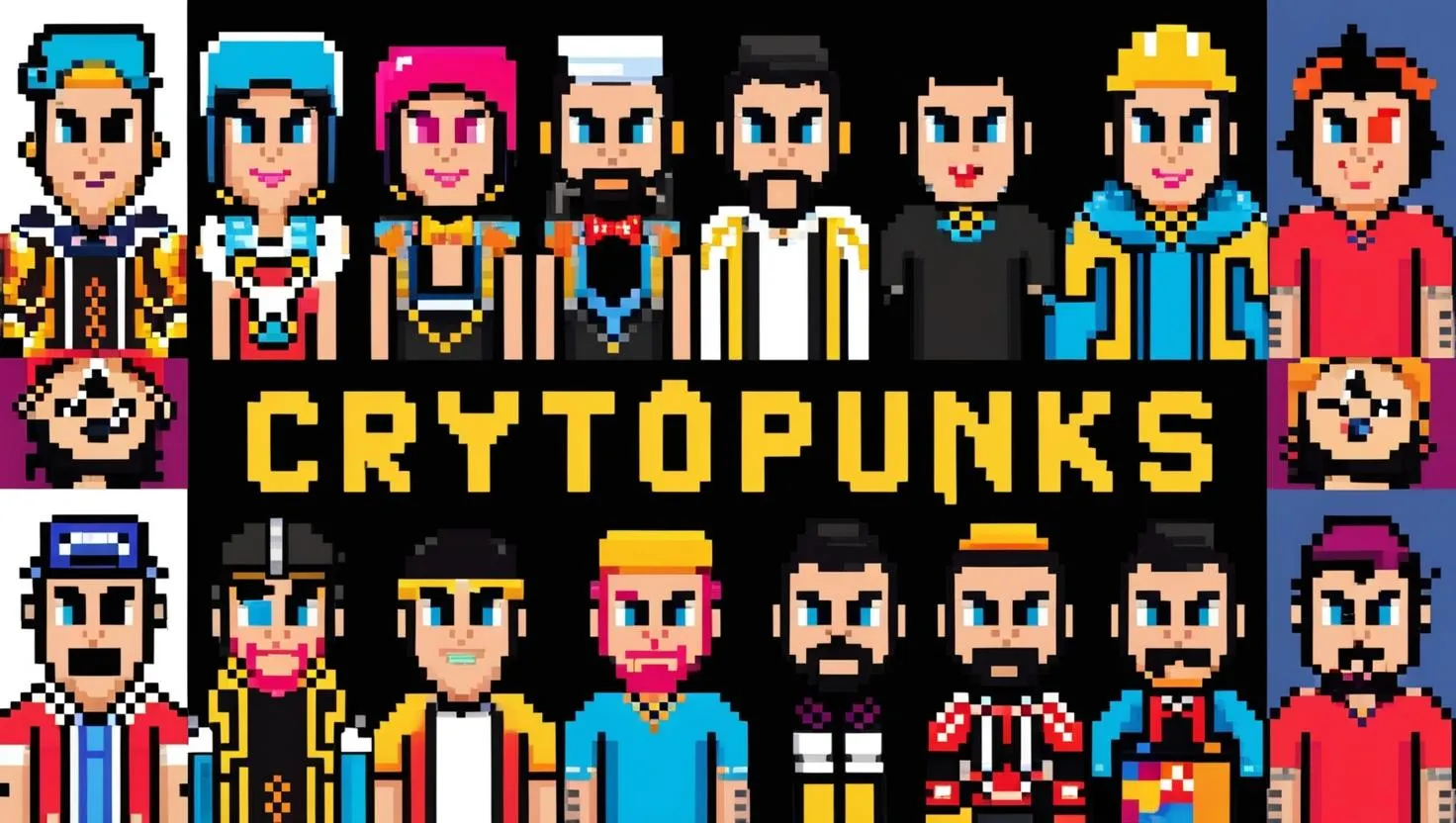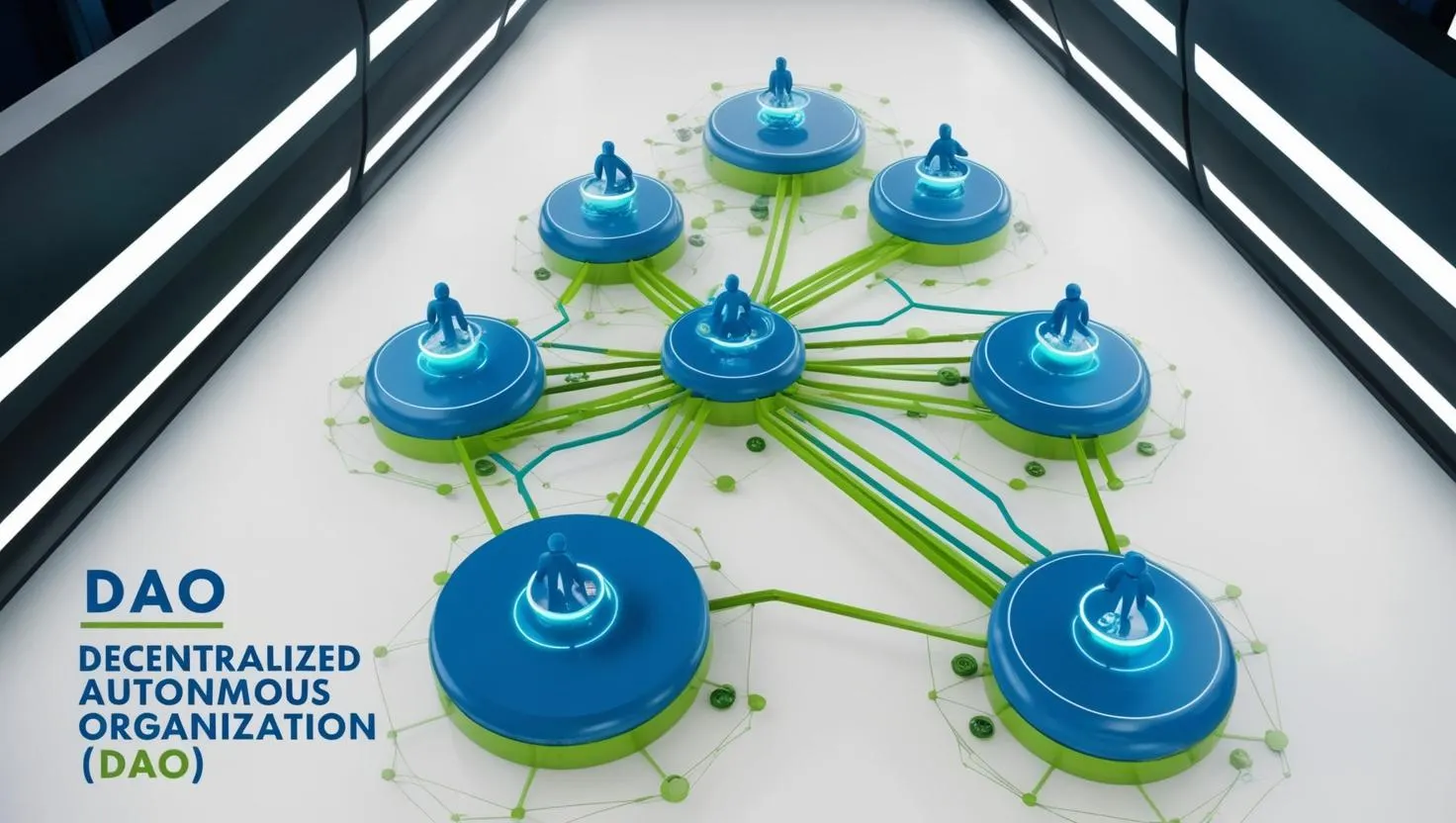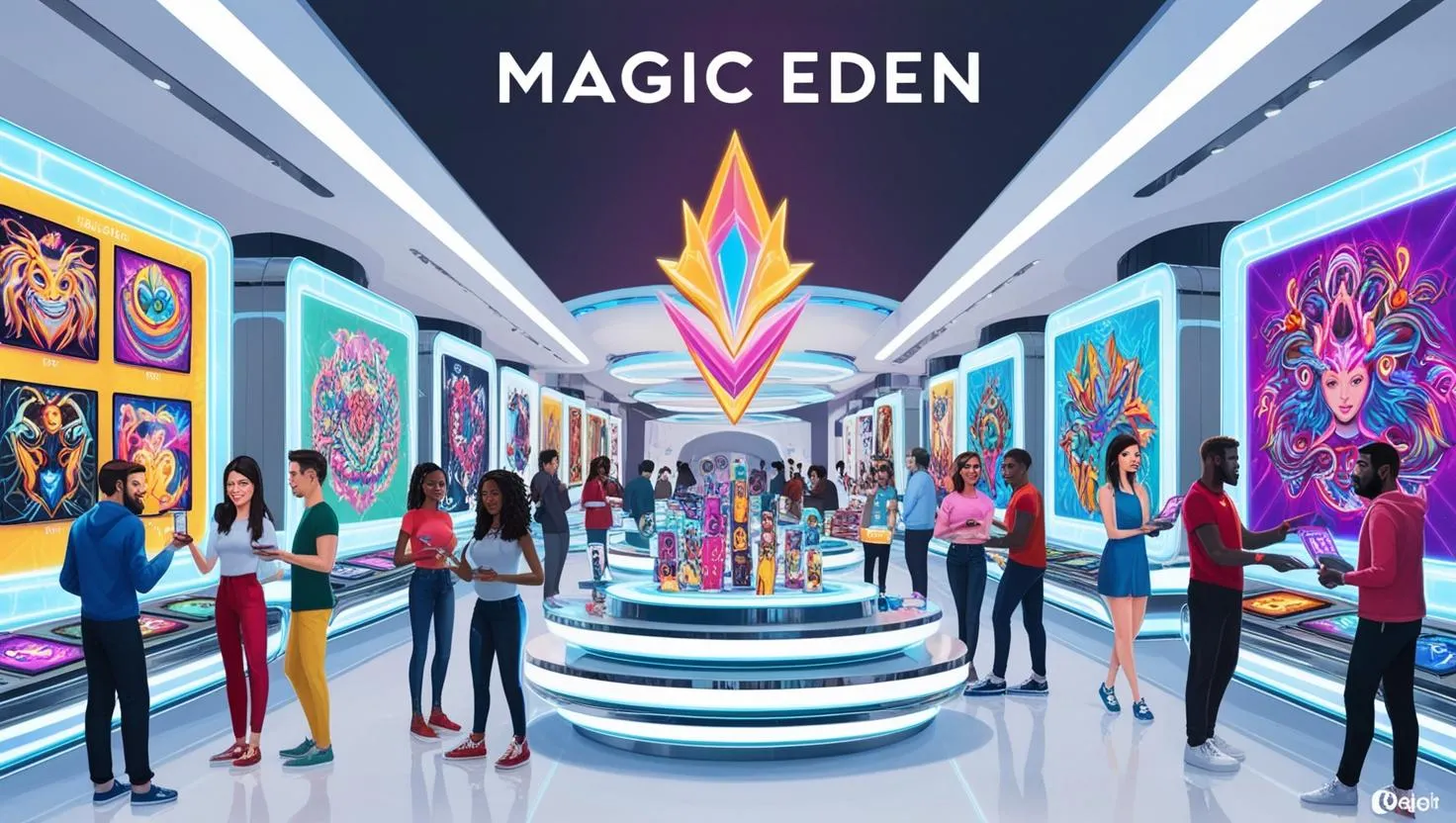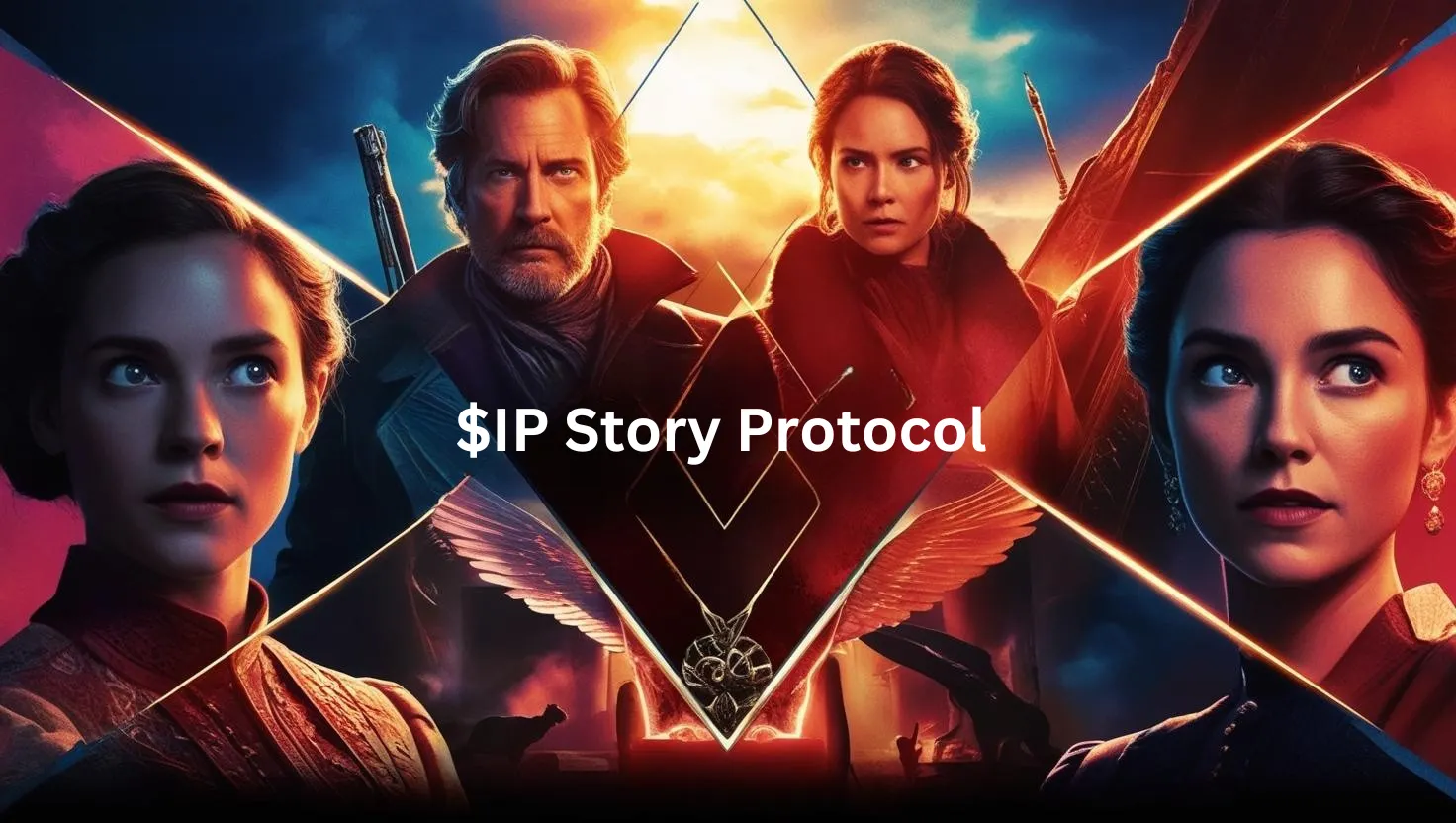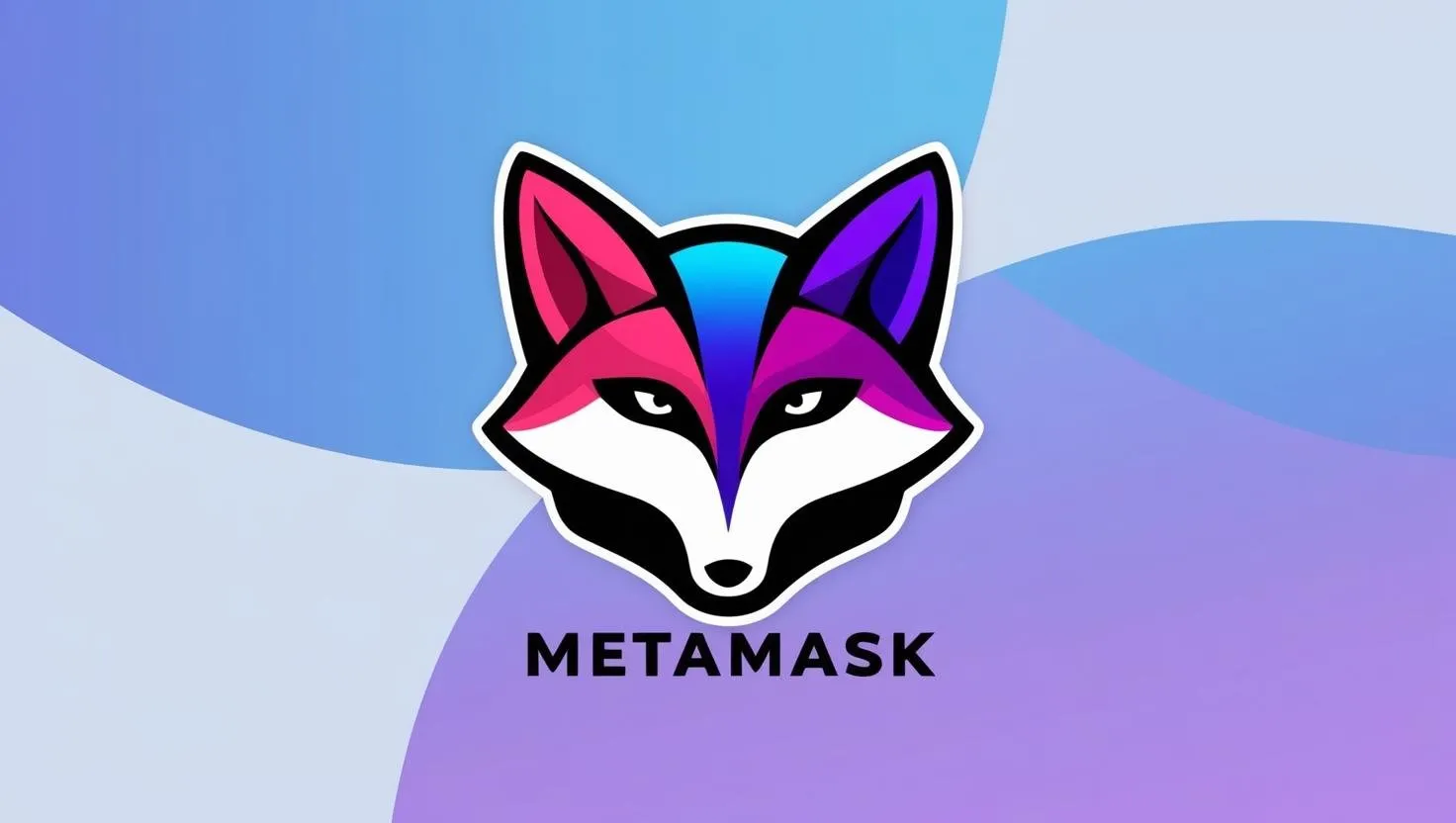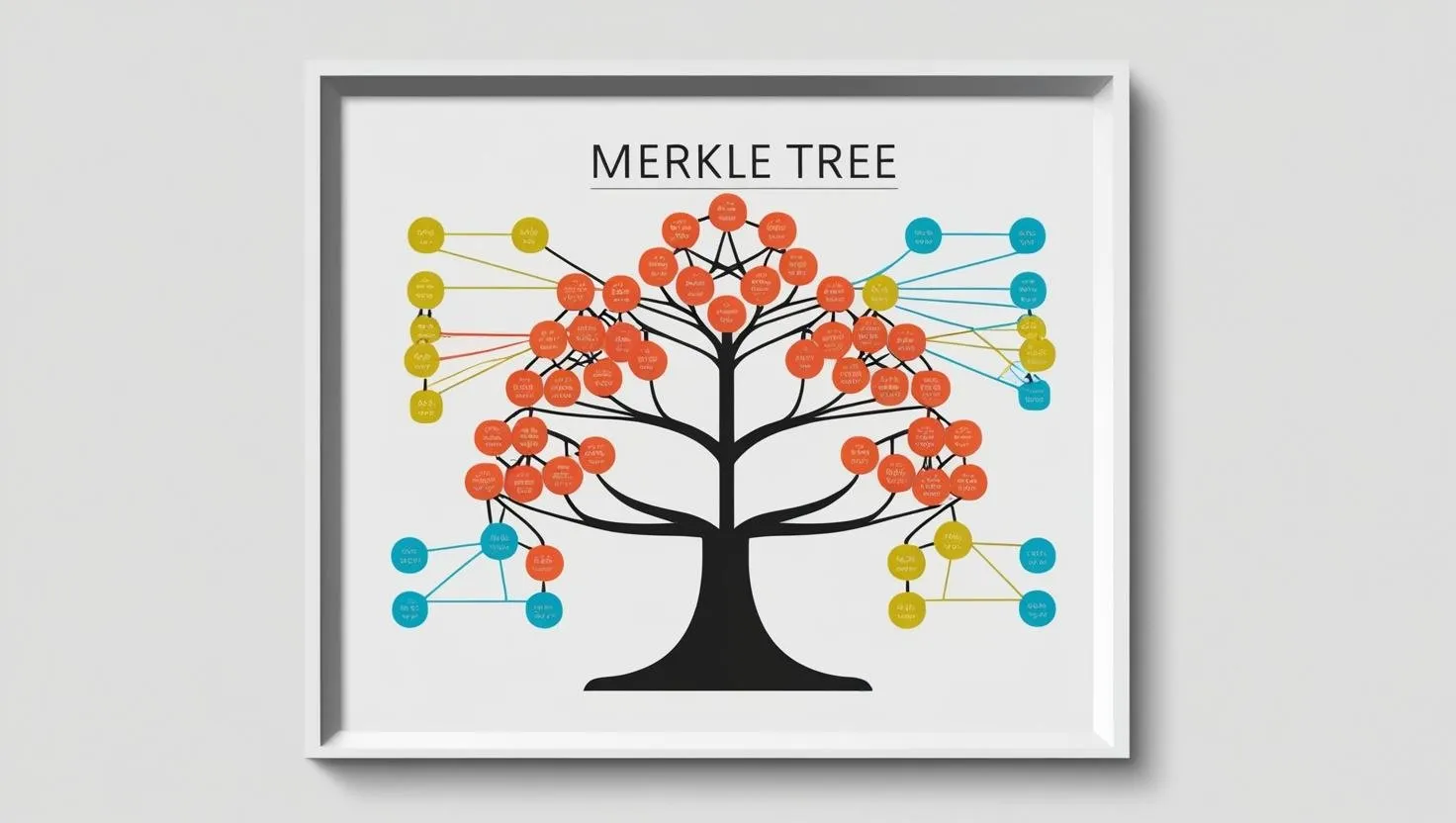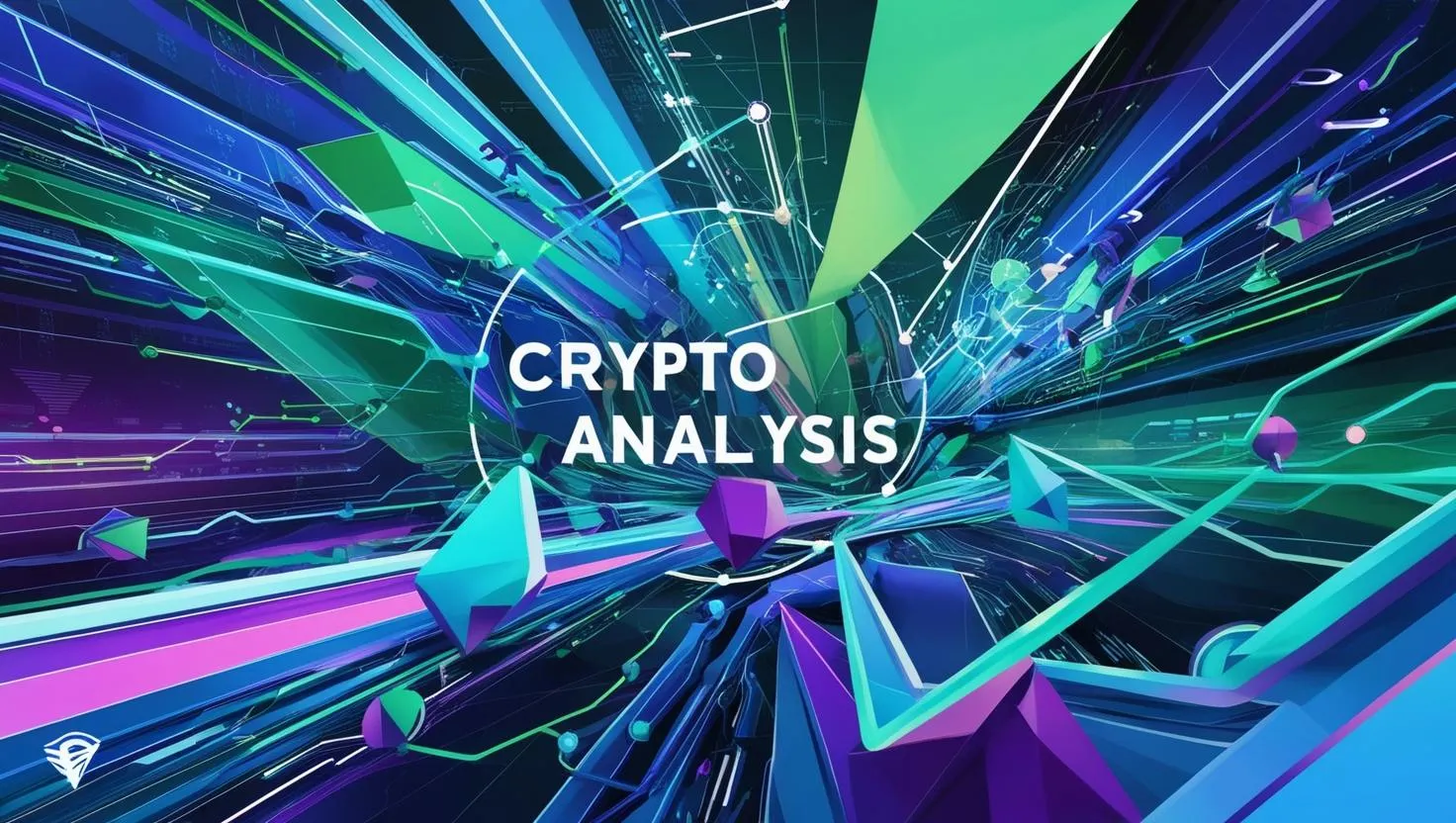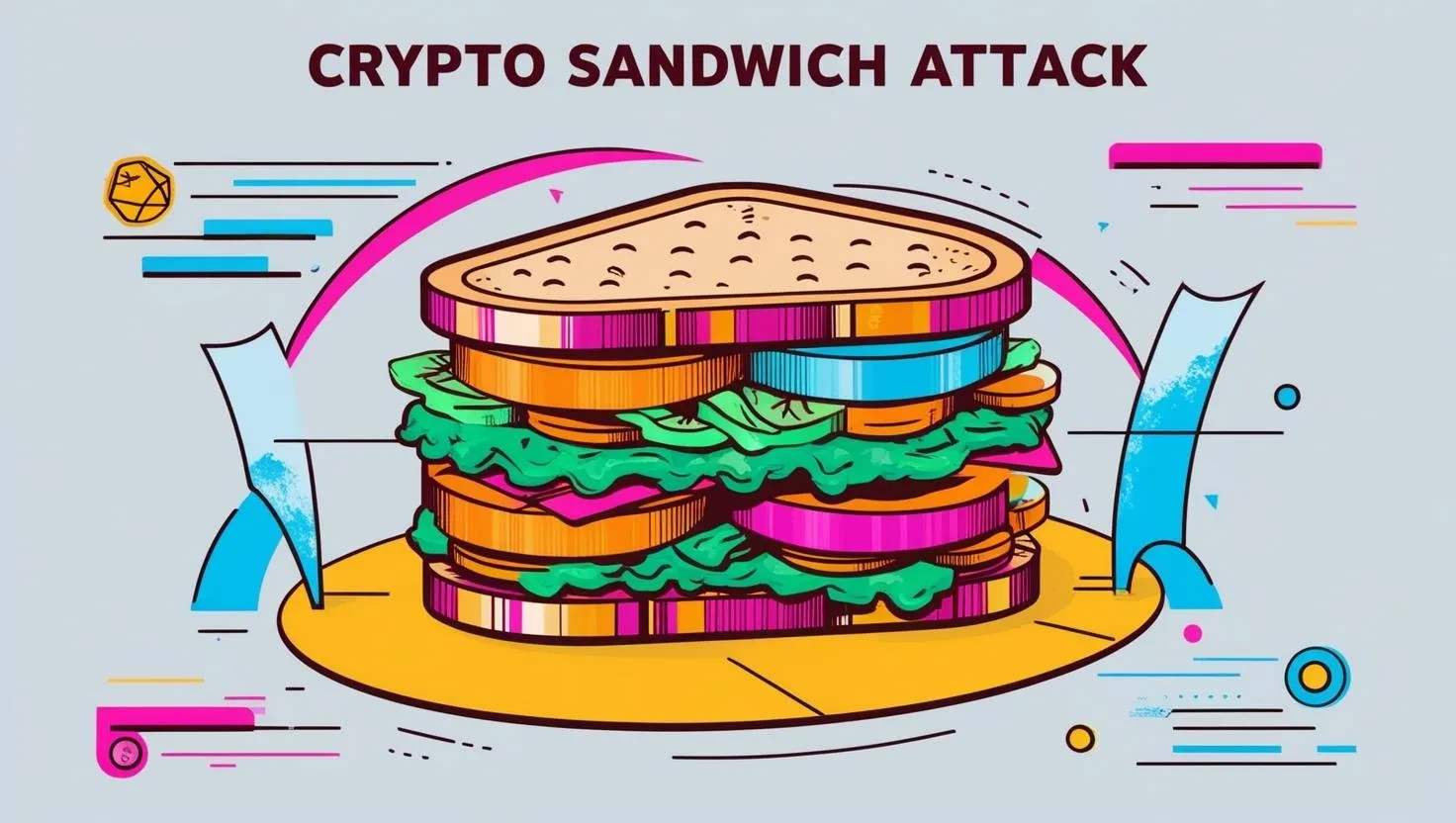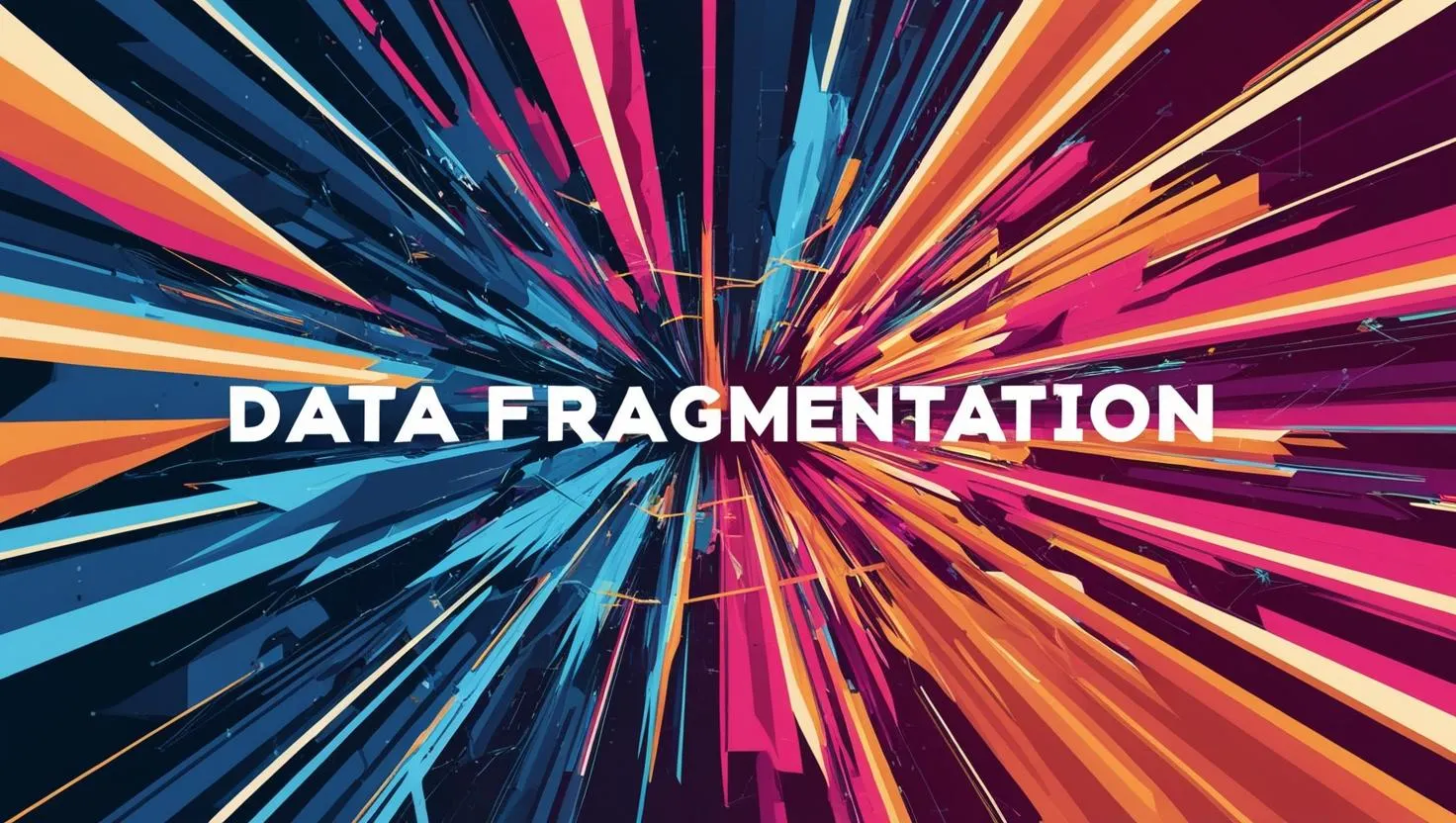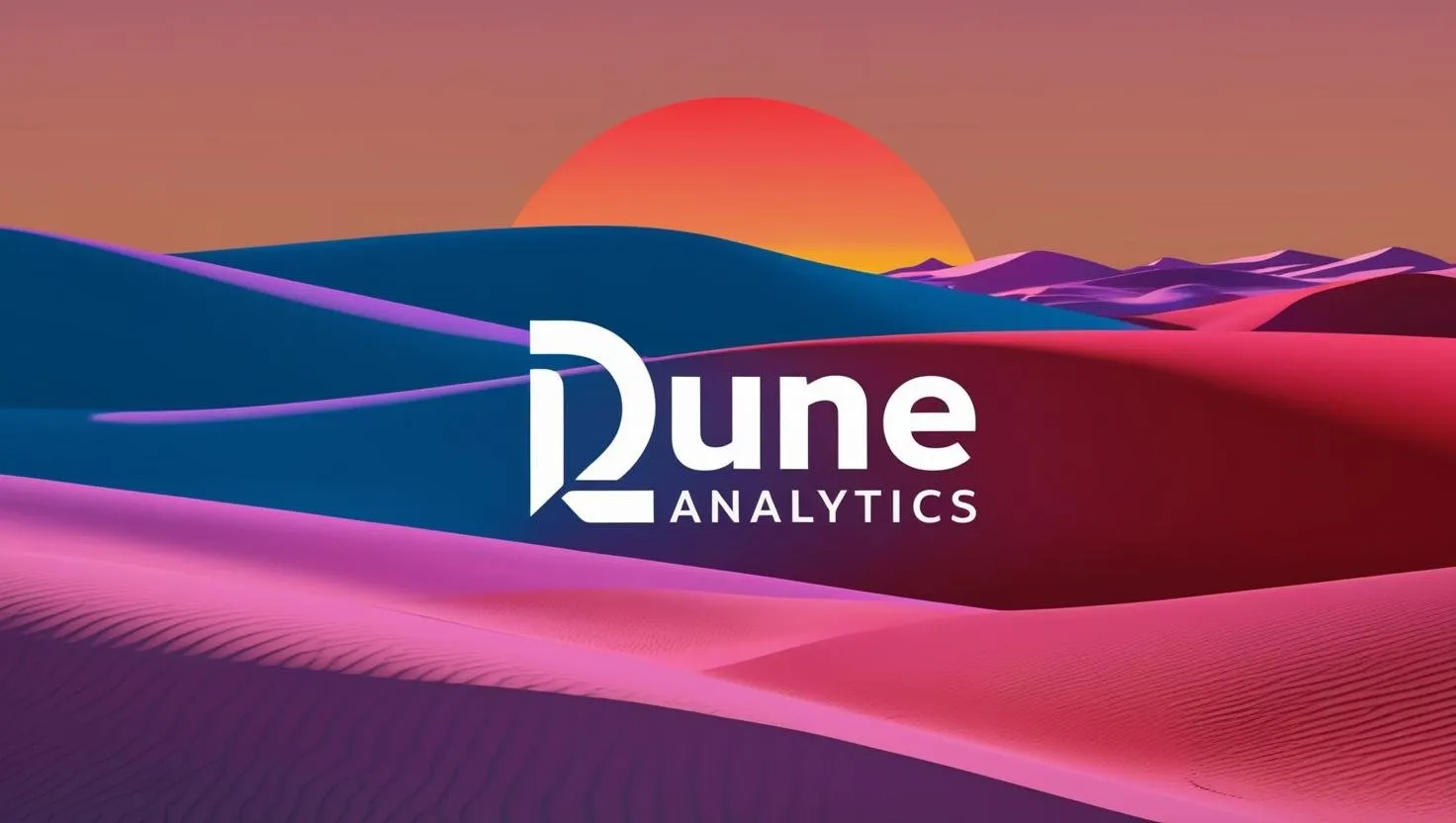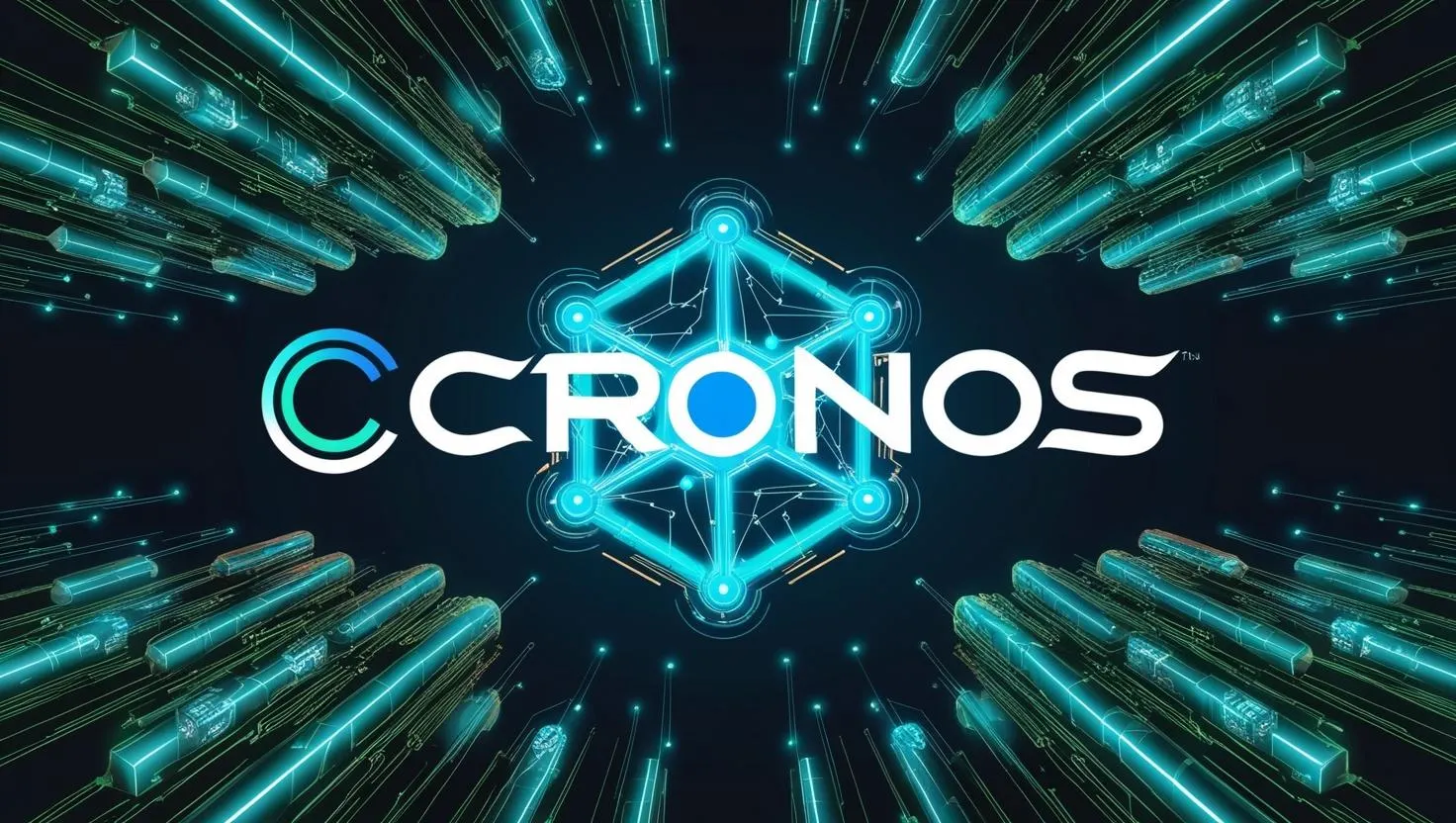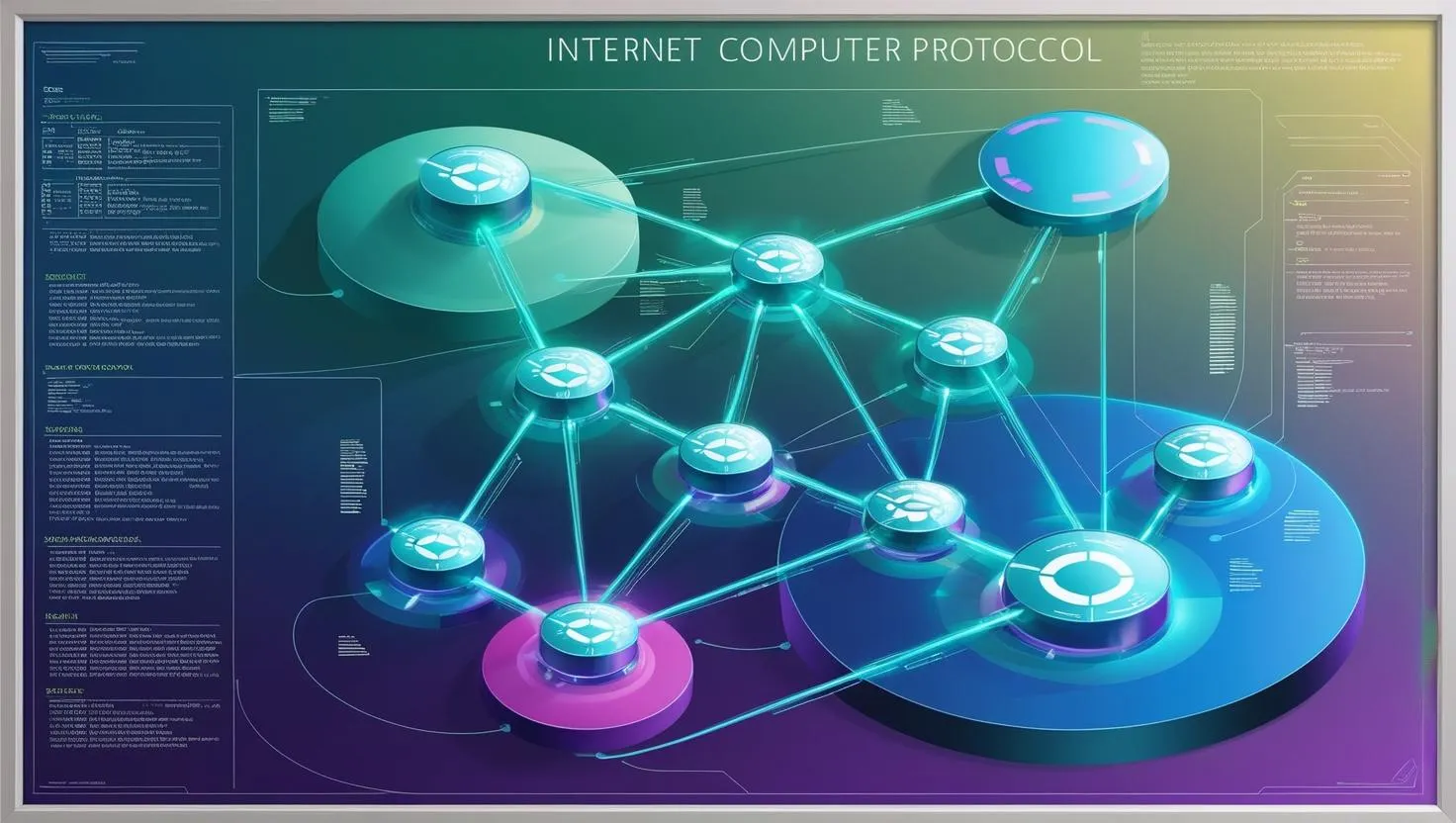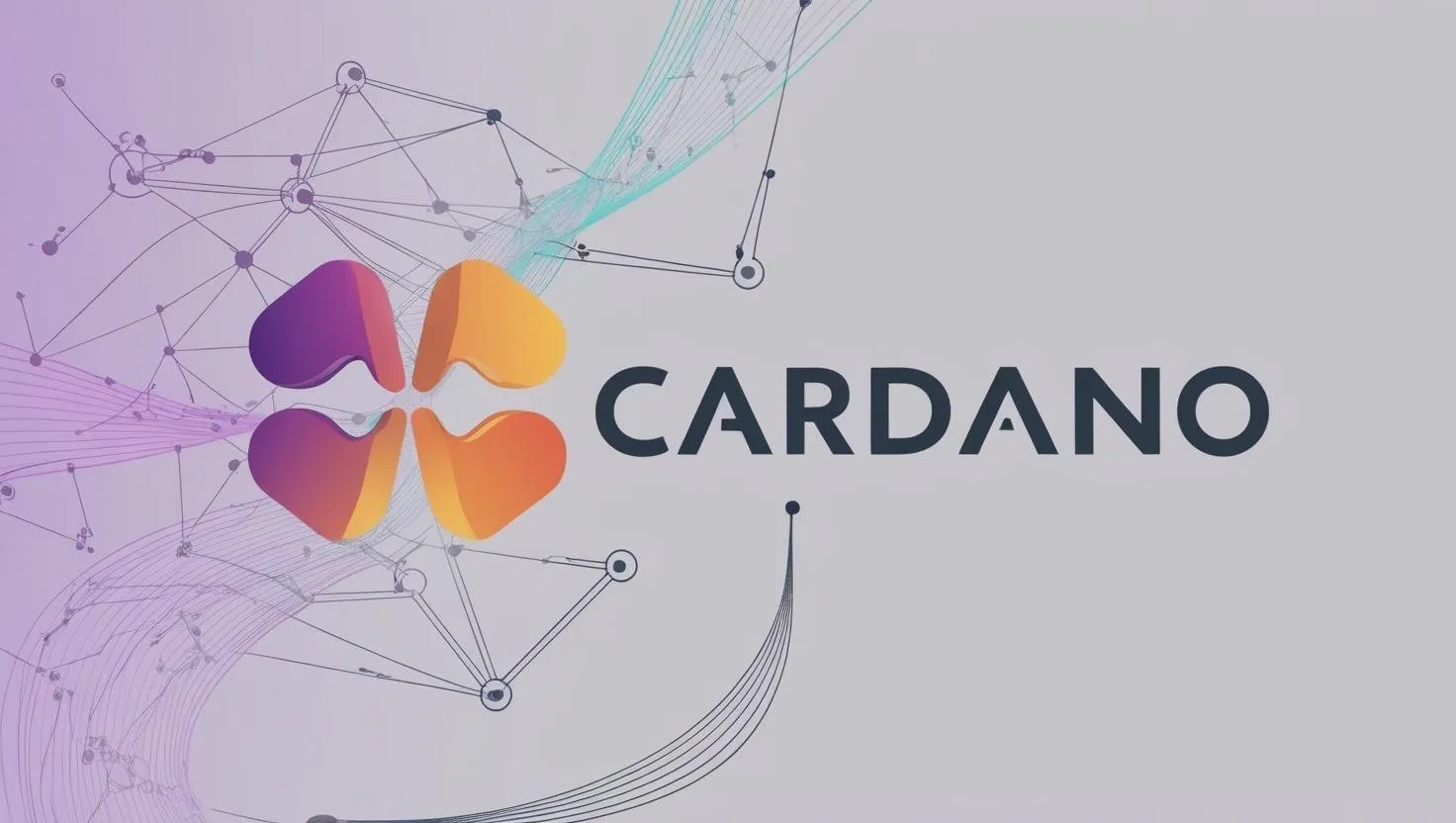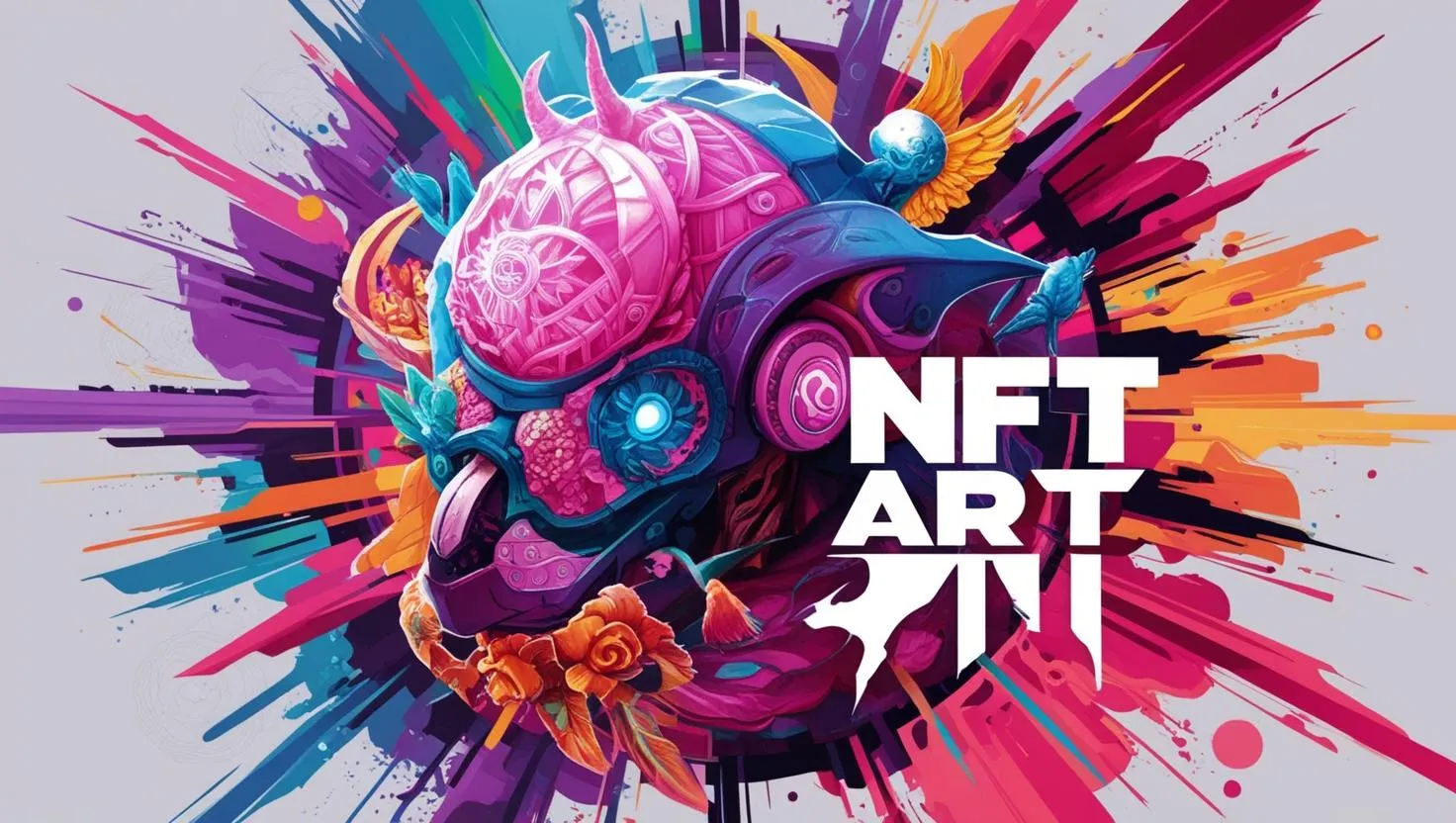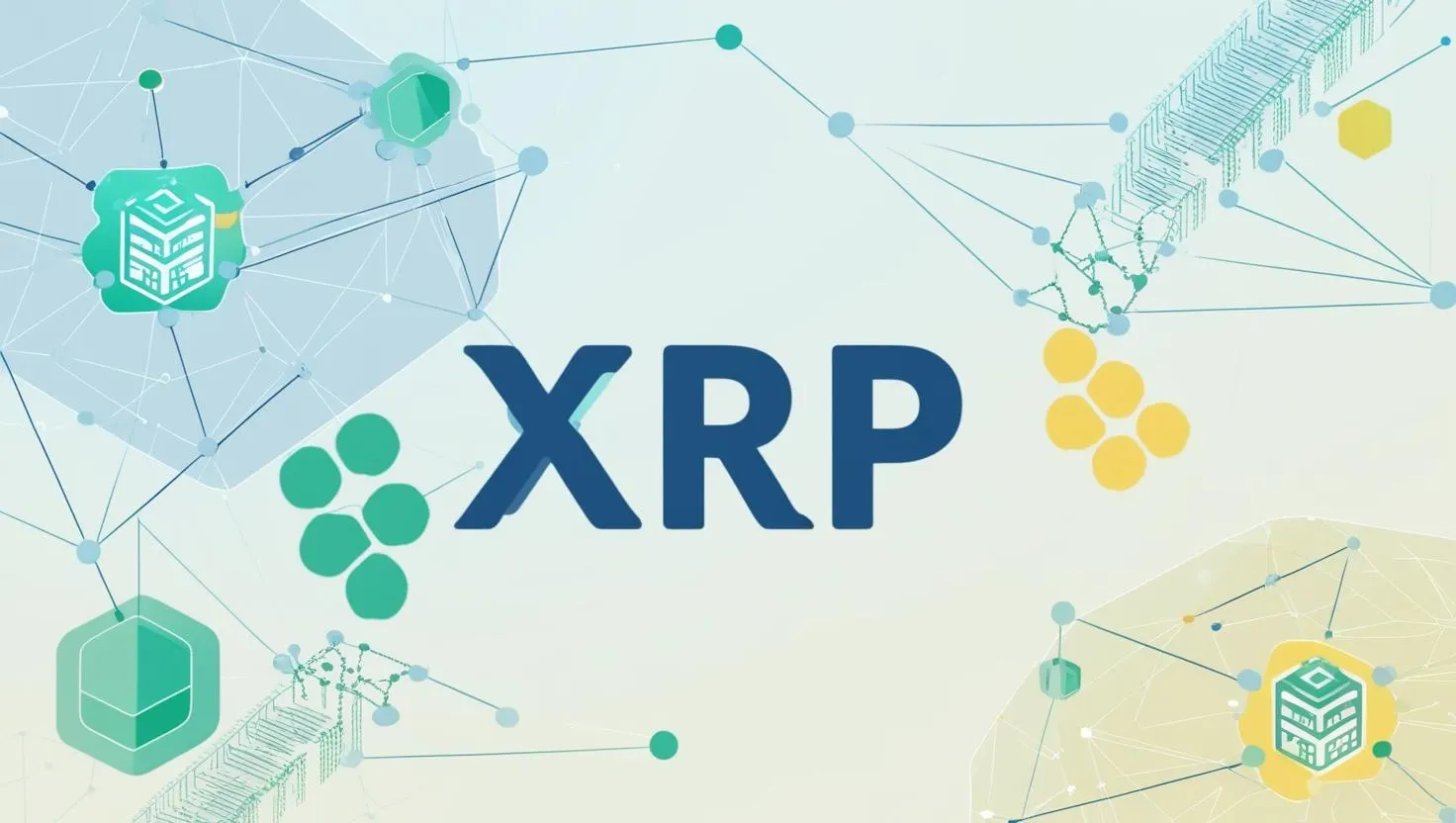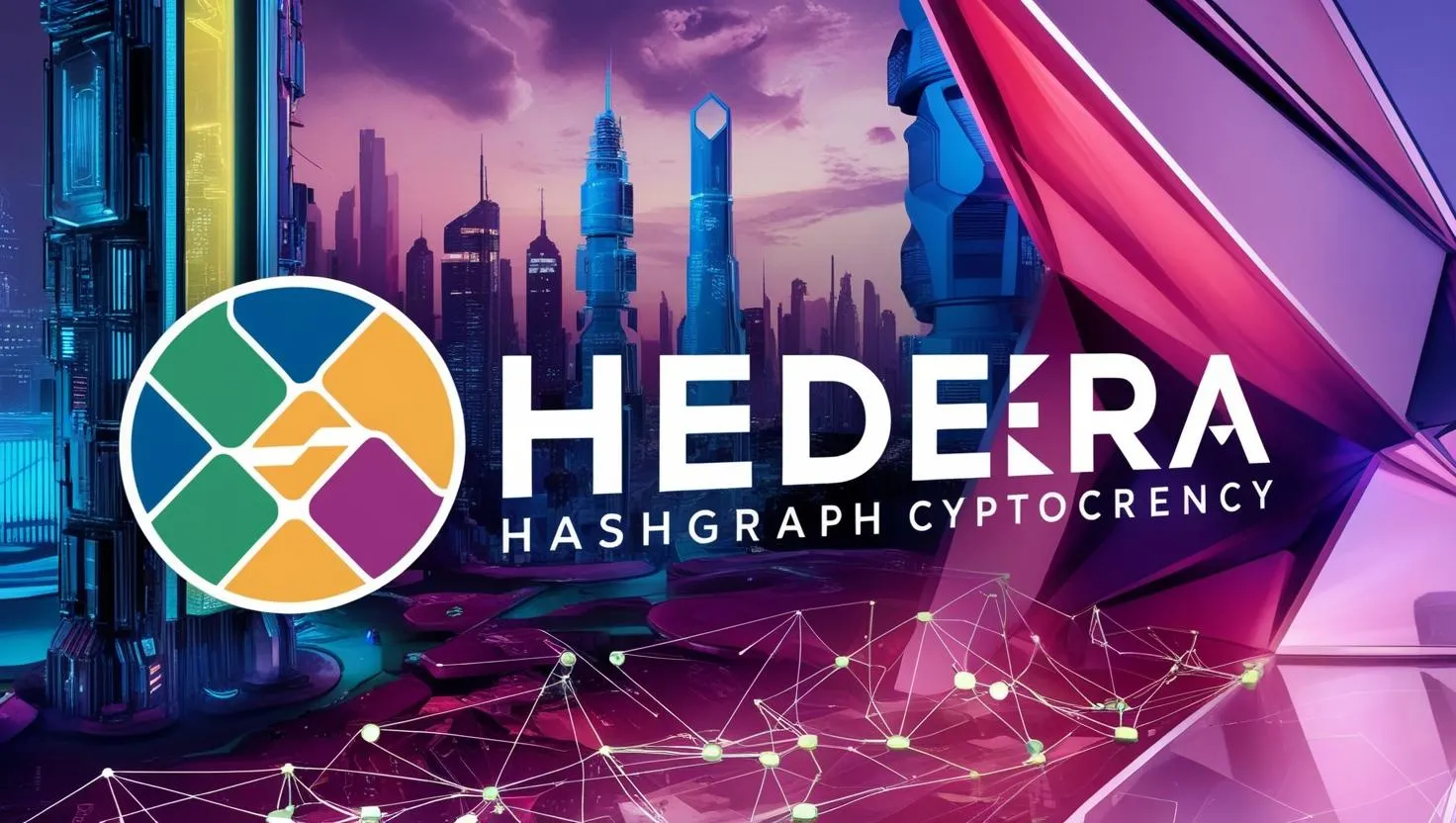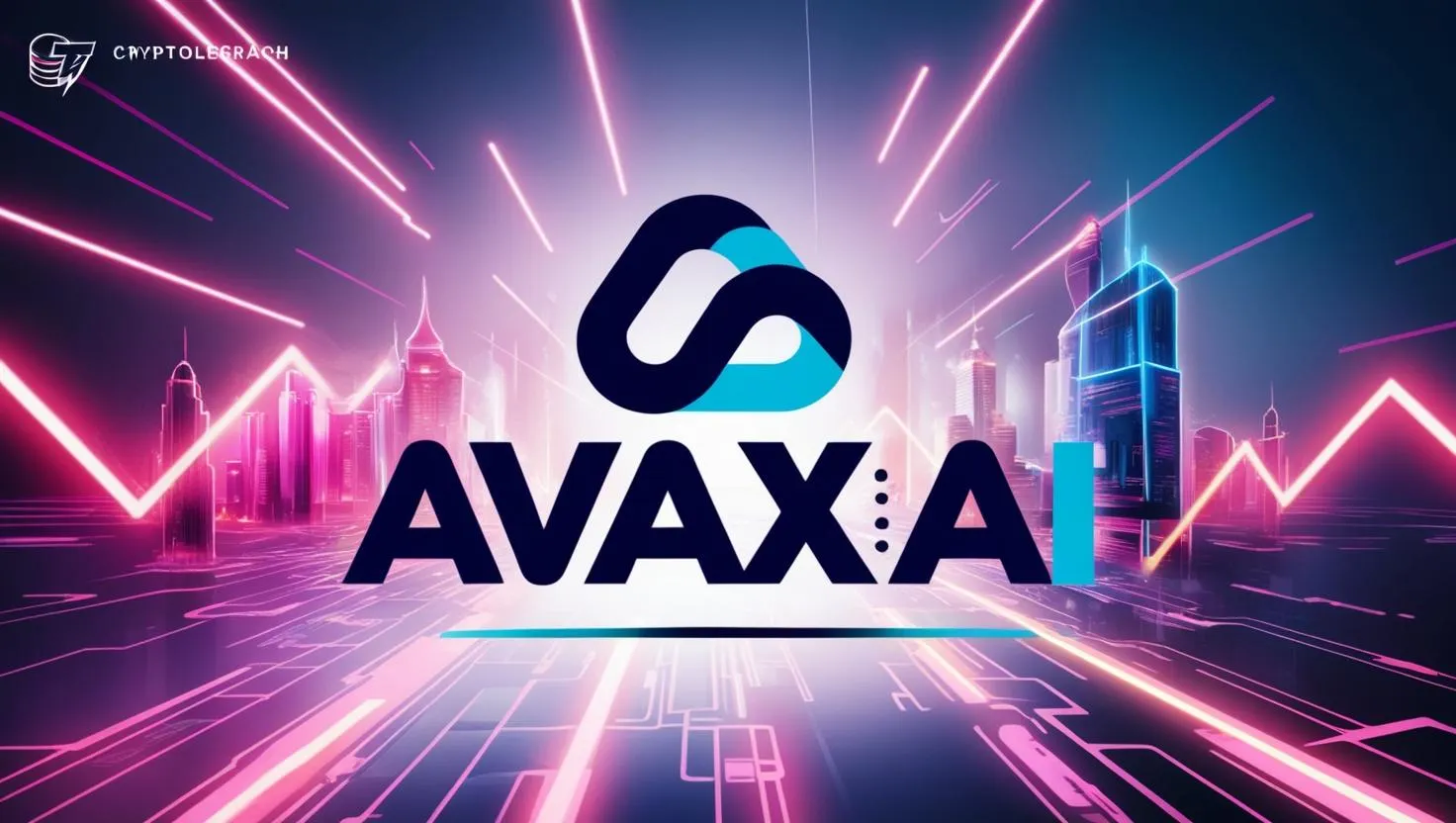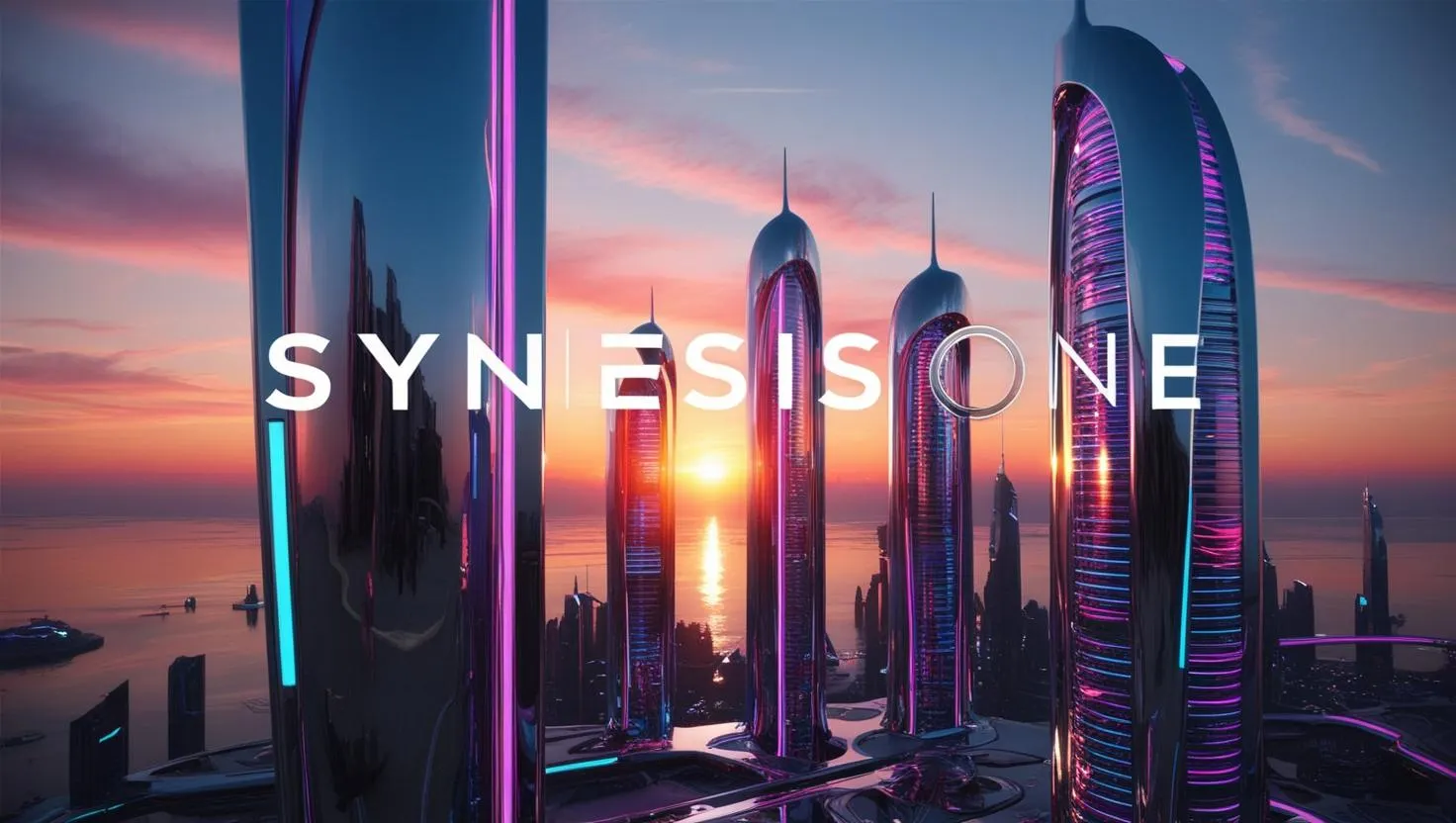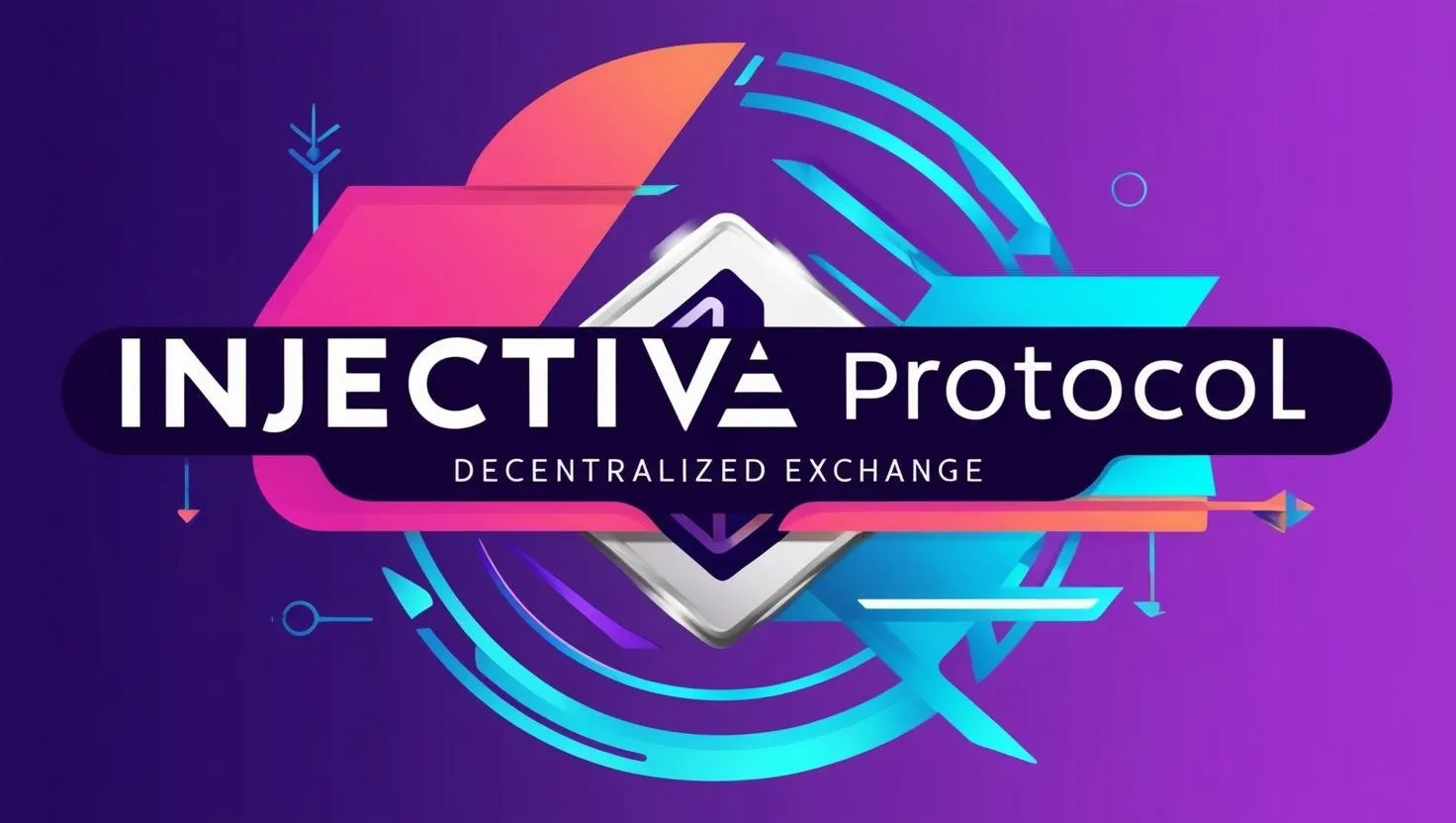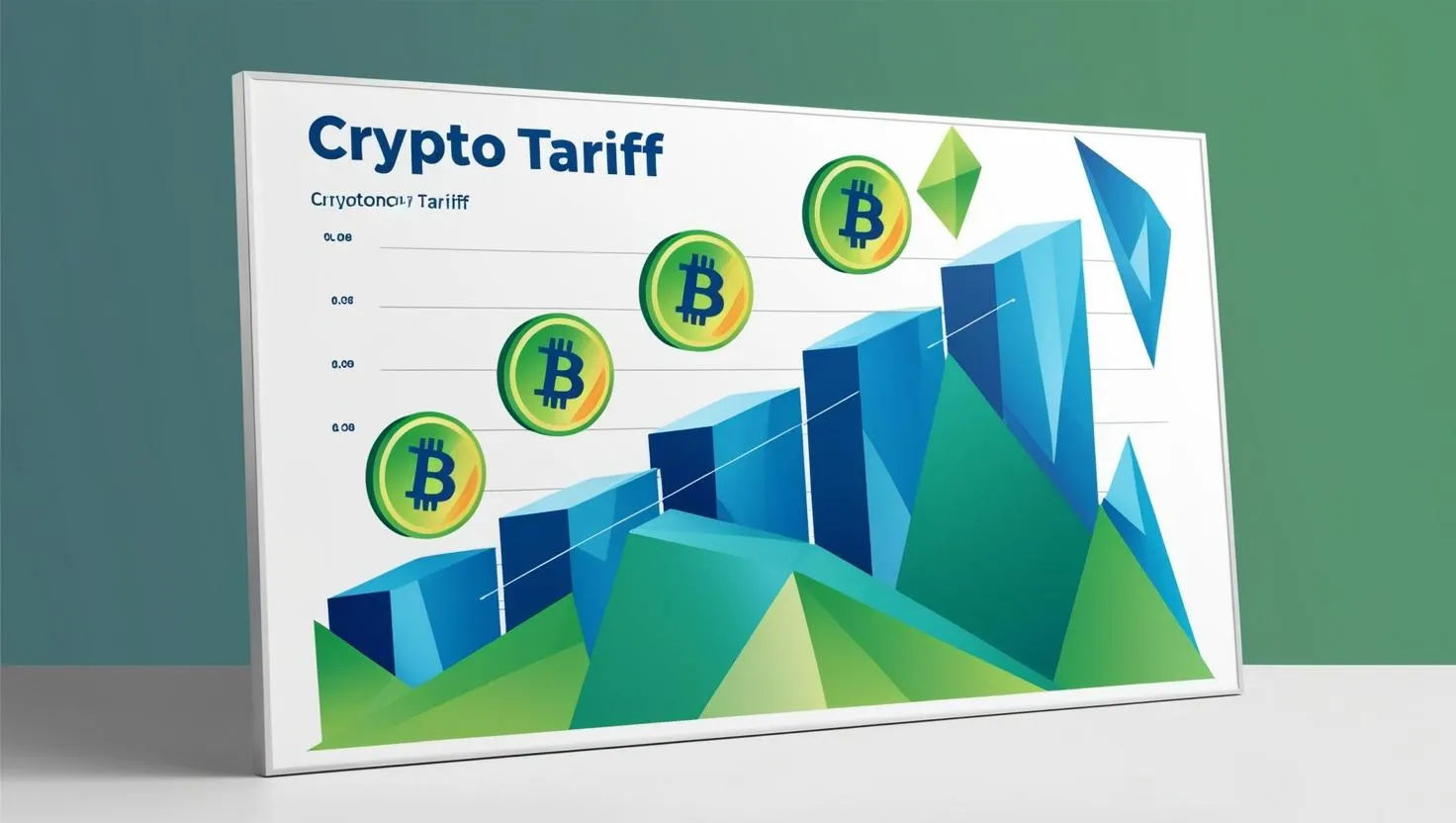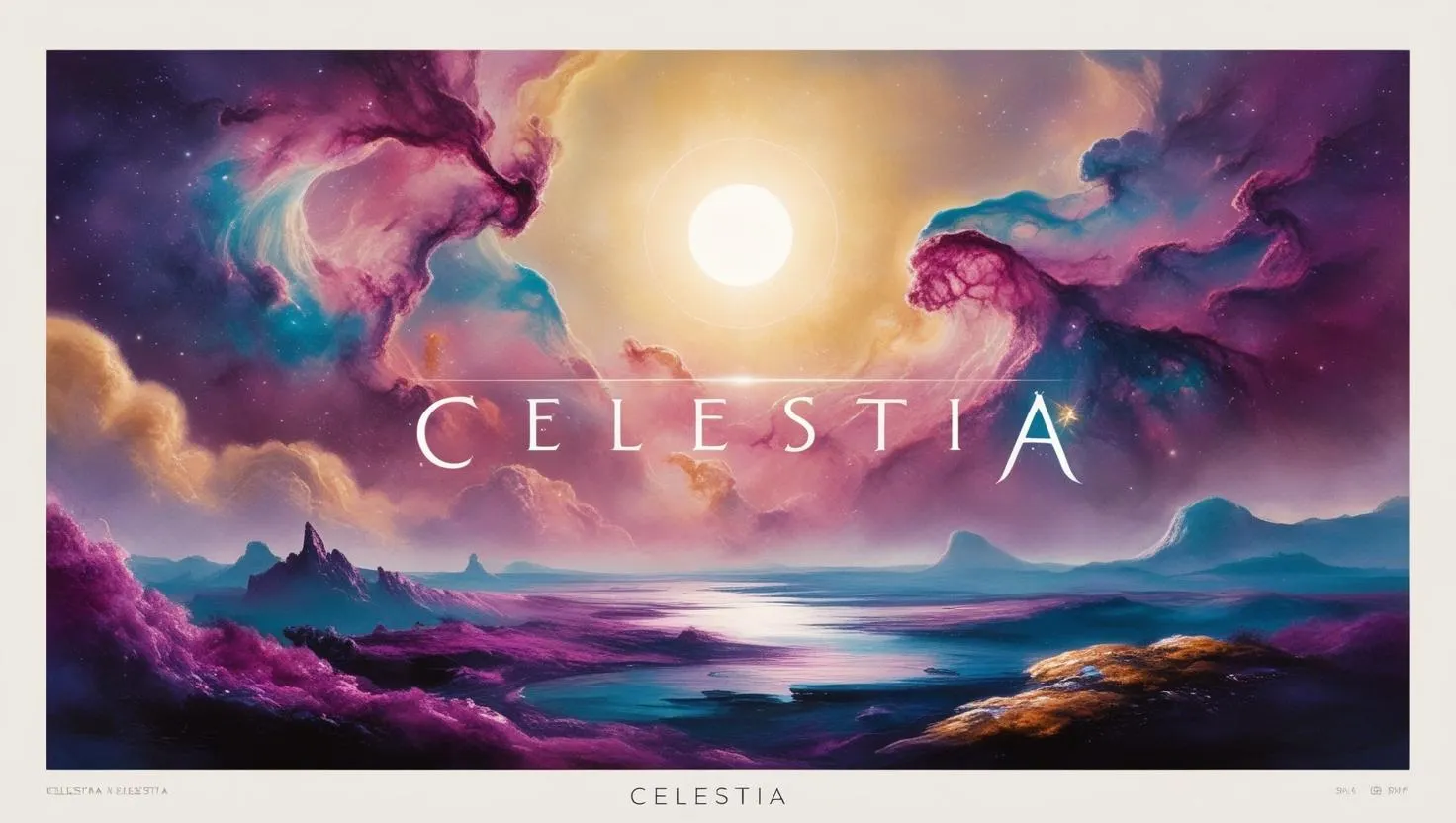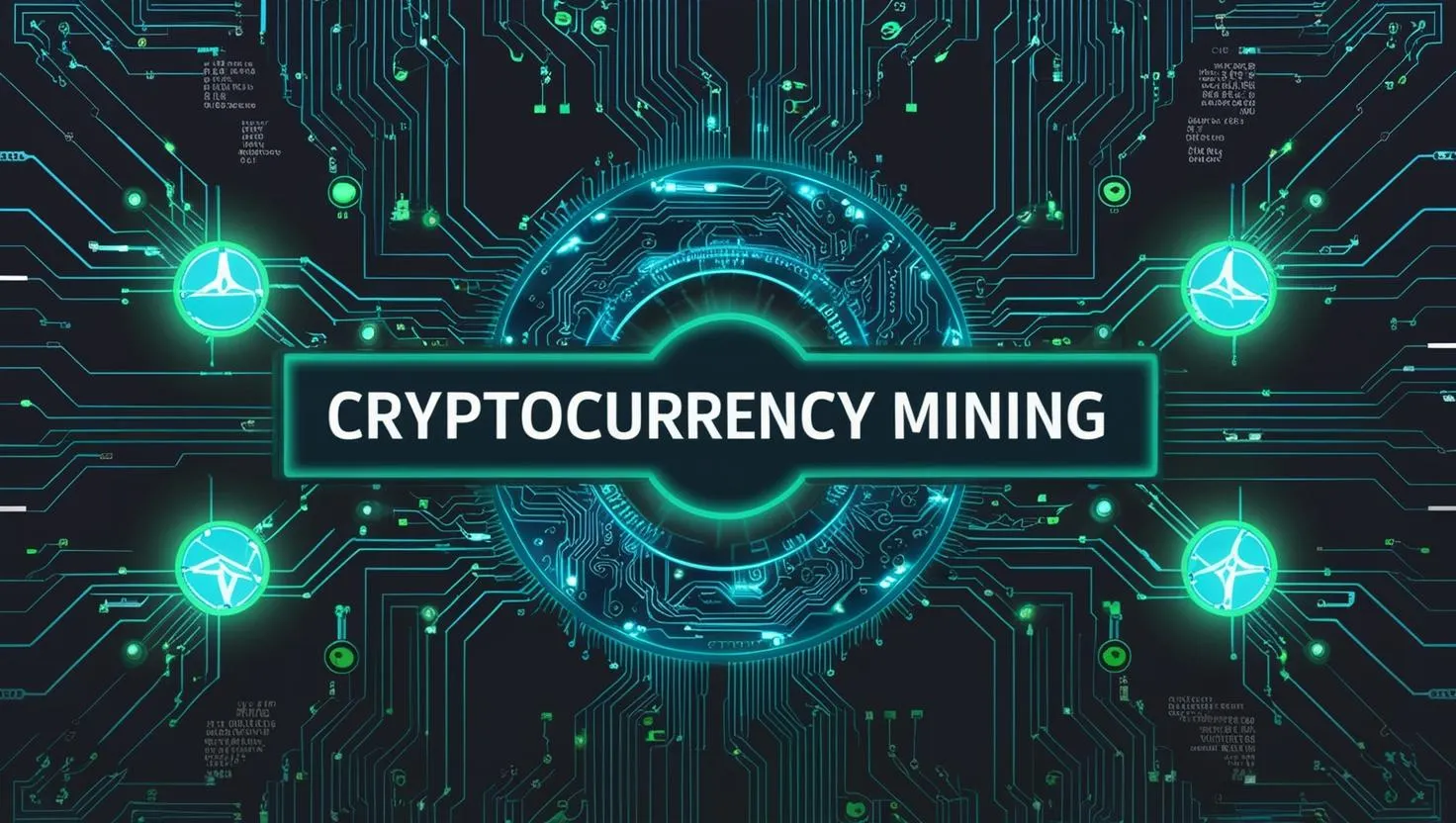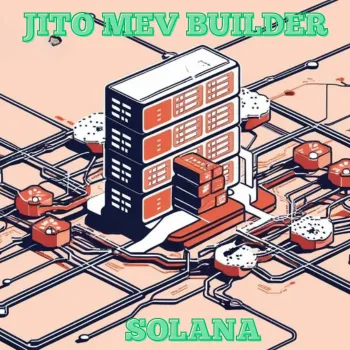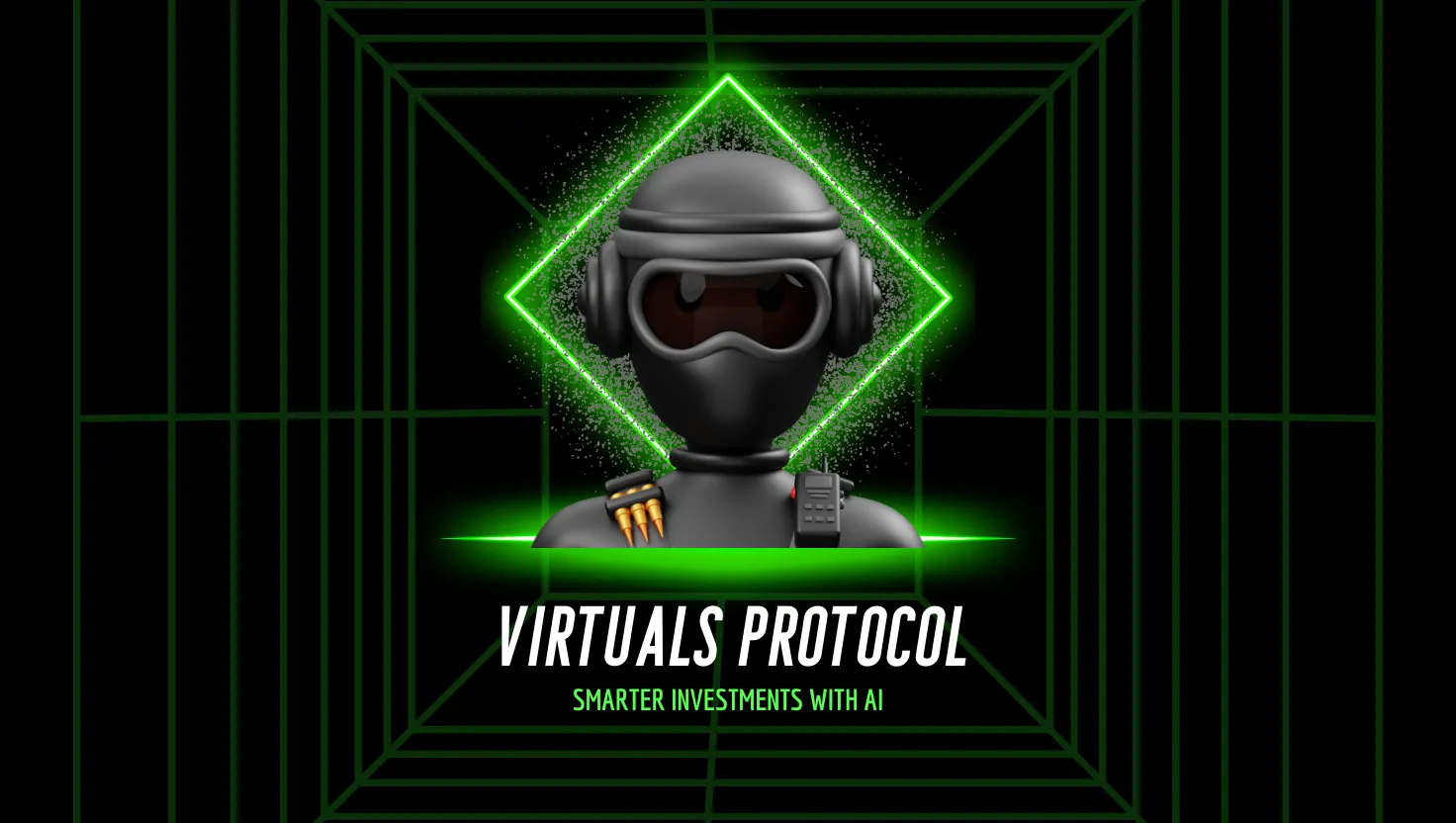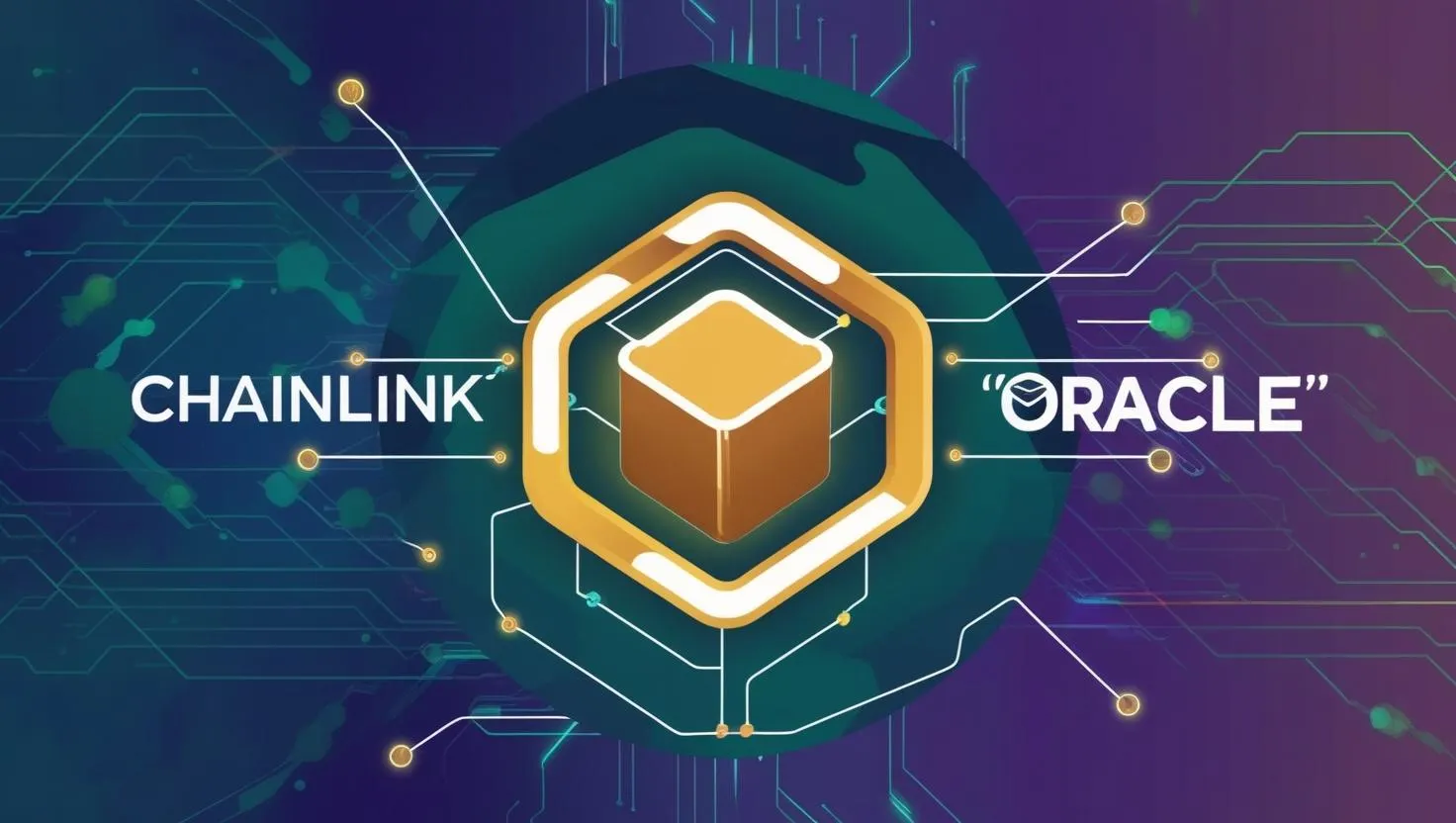Aurora Blockchain Unveiled: Revolutionizing Ethereum with NEAR's Scalability and Speed
Aurora is a blockchain platform designed to enhance the Ethereum ecosystem by providing a high-performance, scalable, and cost-effective solution for developers and users. It operates as an Ethereum Virtual Machine (EVM)-compatible layer built on top of the NEAR Protocol, a layer-1 blockchain known for its scalability and developer-friendly features. Aurora combines Ethereum's familiar tooling and smart contract capabilities with NEAR's advanced infrastructure, aiming to address some of Ethereum's key limitations, such as high transaction costs and slow finality, while maintaining compatibility with Ethereum-based applications.
Core Concept and Architecture
Aurora is not a standalone blockchain but rather an EVM implemented as a smart contract on the NEAR Protocol. This architectural choice allows Aurora to leverage NEAR’s underlying features, including its sharding capabilities, fast transaction finality, and low-cost operations. By running as a smart contract, Aurora inherits the security and scalability of NEAR while providing a seamless experience for Ethereum developers and users. Essentially, it acts as a bridge between Ethereum and NEAR, enabling Ethereum-compatible decentralized applications (dApps) to run with improved performance.
The NEAR Protocol itself is a sharded, proof-of-stake (PoS) layer-1 blockchain designed for scalability and usability. Aurora benefits from NEAR’s two-second transaction finality (compared to Ethereum’s 13-second block confirmation, which isn’t even final), reducing risks like frontrunning and enhancing user experience. Additionally, NEAR’s sharding approach allows for horizontal scaling, meaning Aurora can potentially support multiple EVM instances (called Aurora Chains) that operate in parallel, further boosting throughput.
Key Features
- Ethereum Compatibility:
- Aurora is fully compatible with the Ethereum Virtual Machine, meaning developers can deploy Solidity-based smart contracts without modification. Tools like MetaMask, Truffle, Hardhat, and Remix work seamlessly by simply changing the RPC endpoint to Aurora’s network.
- Transactions on Aurora use ETH as the base currency for gas fees, maintaining familiarity for Ethereum users. However, under the hood, these fees are converted to NEAR tokens to pay for gas on the NEAR blockchain, with relayers handling the process transparently.
- Low Transaction Costs:
- Gas fees on Aurora are significantly lower than on Ethereum, with a fixed gas price of 0.07 GWei. This is made possible by NEAR’s efficient design, making Aurora an attractive option for cost-conscious developers and users.
- High Performance:
- Aurora inherits NEAR’s fast finality (approximately two seconds), a stark improvement over Ethereum’s slower confirmation times. This speed enhances the efficiency of dApps and reduces latency for end users.
- Interoperability:
- The Rainbow Bridge enables trustless asset transfers between Ethereum, NEAR, and Aurora, allowing users to move ETH and ERC-20 tokens seamlessly across these ecosystems.
- Integration with the LayerZero protocol extends Aurora’s interoperability to over 40 EVM-compatible networks, broadening its connectivity.
- Aurora also supports cross-contract calls (XCC), enabling communication between Aurora smart contracts and native NEAR contracts, as well as between multiple Aurora Chains.
- Aurora Cloud and Virtual Chains:
- Aurora introduces the concept of virtual chains, which are customizable, EVM-compatible blockchains running as smart contracts on NEAR. These chains inherit NEAR’s validator set and infrastructure, eliminating the need for projects to build their own consensus mechanisms or validator networks.
- Aurora Cloud is a network of interconnected virtual chains, offering pre-configured infrastructure like validators, oracles, and on/off ramps. This simplifies deployment for developers, reducing costs and complexity compared to traditional layer-2 solutions or standalone blockchains.
- Virtual Chains can have tailored access control lists (ACLs) to manage permissions for transactions, contract deployment, and cross-chain interactions.
- Scalability:
- NEAR’s sharding technology allows Aurora to scale horizontally by deploying multiple EVM instances. This contrasts with Ethereum’s current limitations and even some layer-2 solutions that rely on single sequencers.
- Meta Transactions:
- Aurora supports protocol-level meta transactions, enabling gasless transactions for users. This feature can improve accessibility by allowing third parties (e.g., relayers) to cover gas fees.
Governance and Tokenomics
- AURORA Token: The native governance token of Aurora, with a fixed supply of 1 billion tokens, is used to participate in protocol upgrades and decision-making via the AuroraDAO. This decentralized organization includes representatives from various blockchain ecosystems and initially comprised Aurora Labs, key investors, and partners. Over time, AURORA token holders can vote on council members.
- ETH as Base Currency: While AURORA governs the protocol, ETH is used for transaction fees, aligning with Ethereum’s ecosystem and simplifying onboarding for existing users.
Benefits Compared to Ethereum and Traditional Layer-2 Solutions
- Cost Efficiency: Aurora’s low and predictable gas fees contrast with Ethereum’s often volatile and high costs, making it more accessible for users and developers.
- Speed: Two-second finality outperforms Ethereum and many layer-2 solutions, which often depend on Ethereum’s slower settlement times.
- Ease of Deployment: Virtual Chains and Aurora Cloud provide turnkey infrastructure, unlike rollups or sidechains that require significant setup (e.g., validator networks, bridges costing $50k–$1M+).
- Security: By leveraging NEAR’s validator set, Aurora avoids the vulnerabilities of early-stage layer-2 solutions that rely on single sequencers or unproven security models.
- Sustainability: NEAR’s proof-of-stake consensus makes Aurora more energy-efficient than Ethereum’s pre-Merge proof-of-work system.
Use Cases and Ecosystem
Aurora supports a growing ecosystem of dApps, including:
- DeFi: Platforms like Trisolaris (a DEX) and Bastion (lending/stablecoin swaps) leverage Aurora’s low fees and high throughput.
- Gaming: Projects like Telegram-based Play2Earn games benefit from fast transactions and gasless options.
- Enterprise Solutions: Aurora Cloud targets web2 businesses transitioning to web3, offering customizable blockchains with pre-integrated tools.
Examples of ecosystem projects include liquidity aggregators, cross-chain bridges, and blockchain explorers like Blockscout, all enhanced by Aurora’s performance advantages.
Development and Vision
Aurora was developed by Aurora Labs, led by CEO Dr. Alex Shevchenko, a blockchain veteran with a Ph.D. in physics and math, and a team of experienced engineers. Launched in 2021, it raised $12 million in funding from investors like Pantera Capital and Electric Capital. The long-term vision includes expanding horizontal scaling through sharding and simplifying blockchain deployment to rival cloud platforms like AWS, as seen with the Aurora Cloud Console’s no-code approach.
Conclusion
Aurora is a hybrid solution that marries Ethereum’s developer ecosystem with NEAR’s scalable infrastructure. It’s not just a layer-2 in the traditional sense but a network of virtual chains designed to make blockchain technology more accessible, affordable, and efficient. By addressing Ethereum’s scalability trilemma—balancing security, decentralization, and scalability—Aurora positions itself as a future-proof platform for dApps, enterprises, and individual developers, all while fostering interoperability across the broader blockchain landscape.

